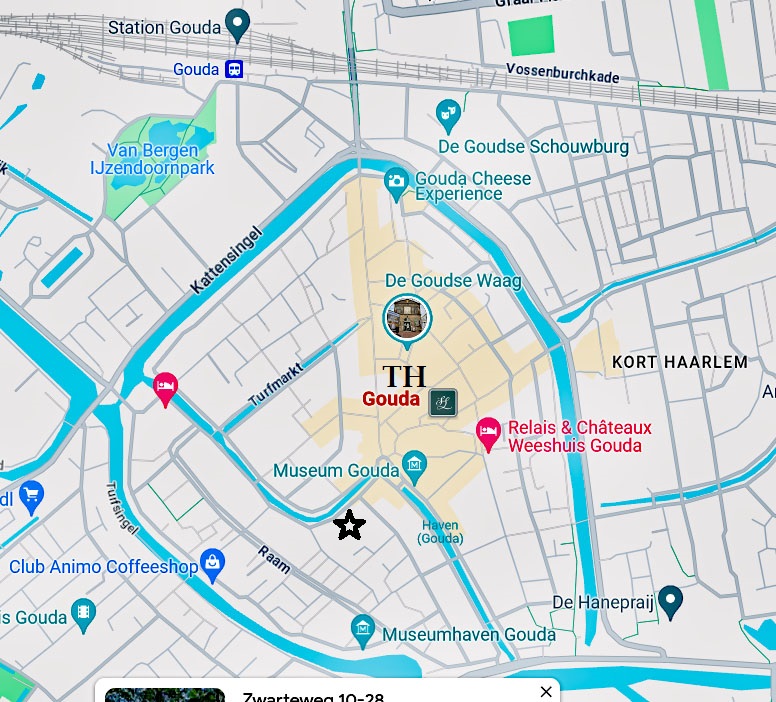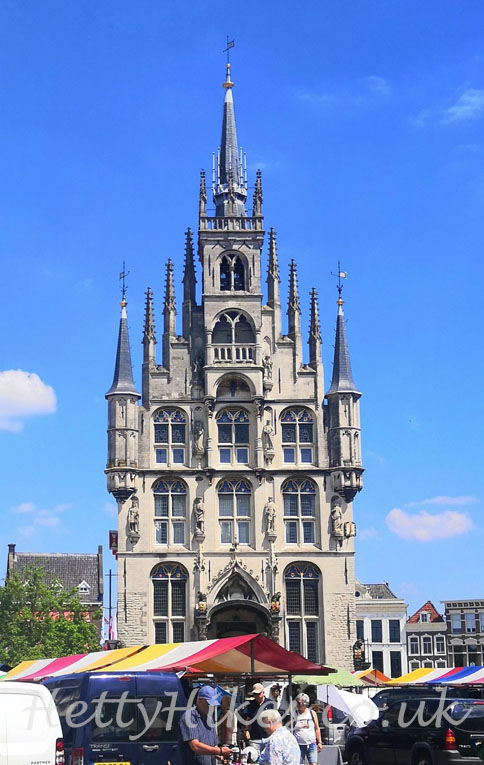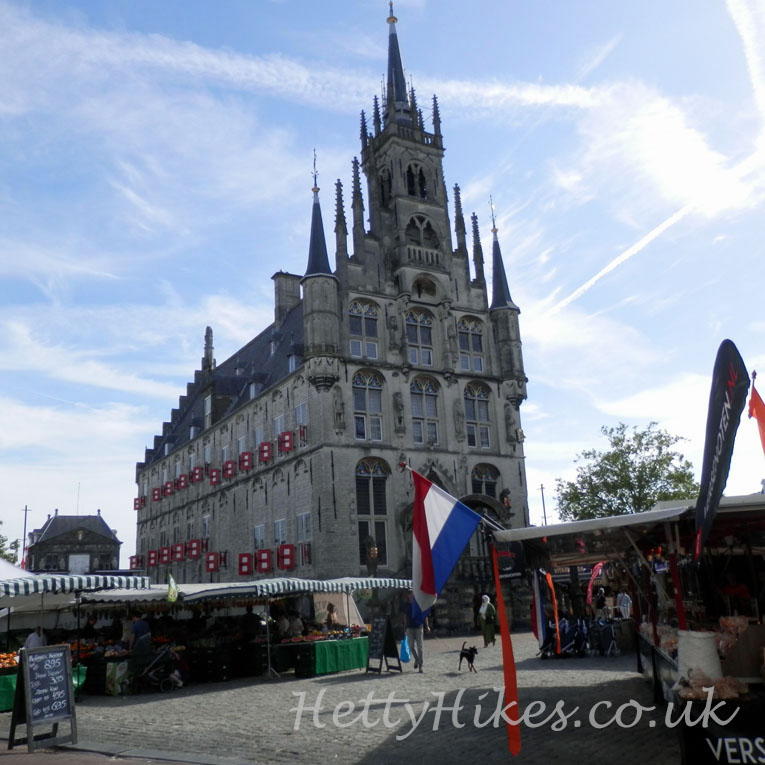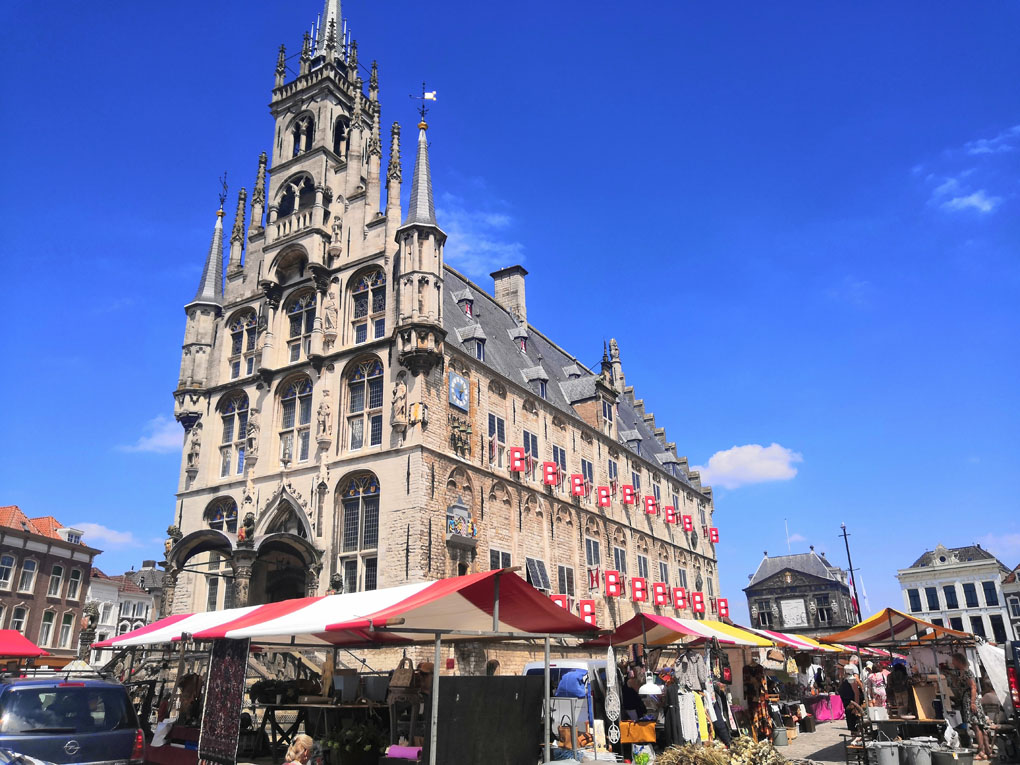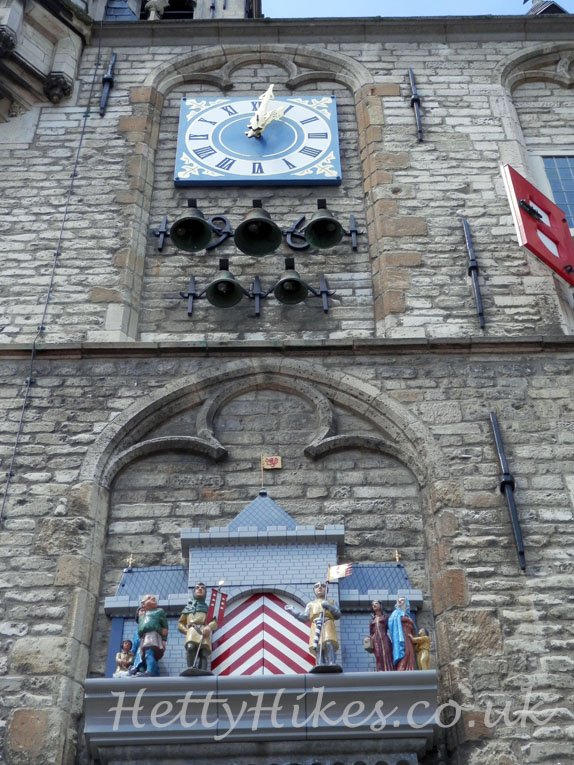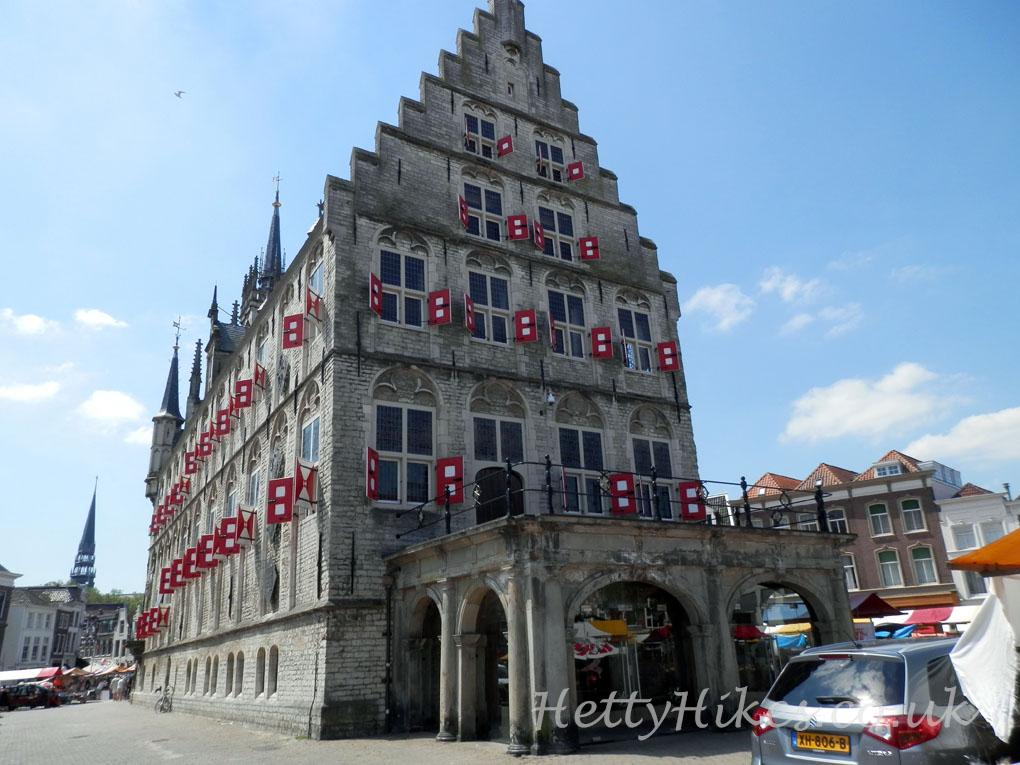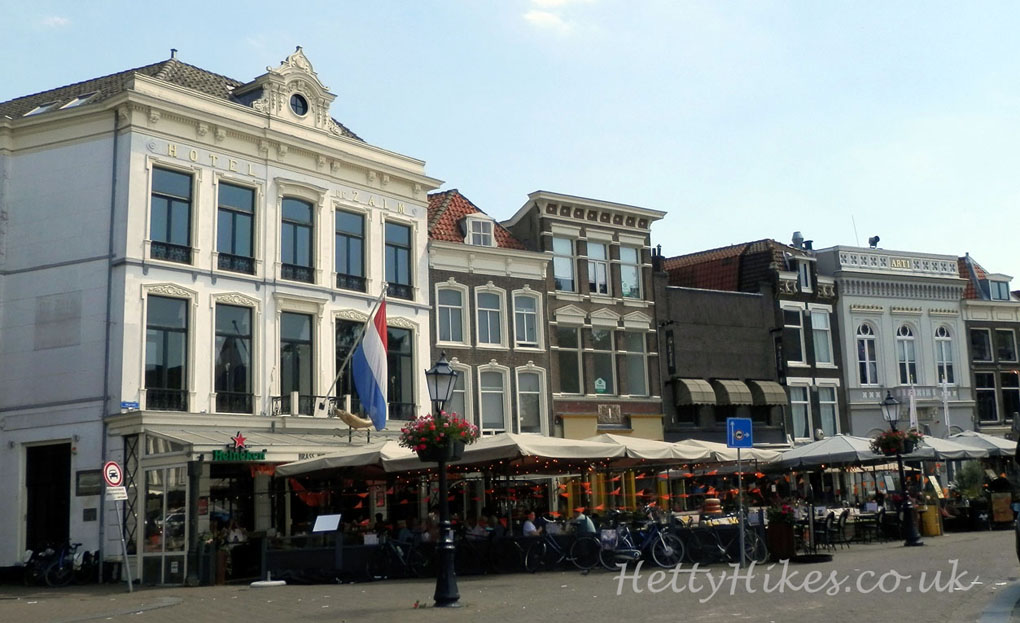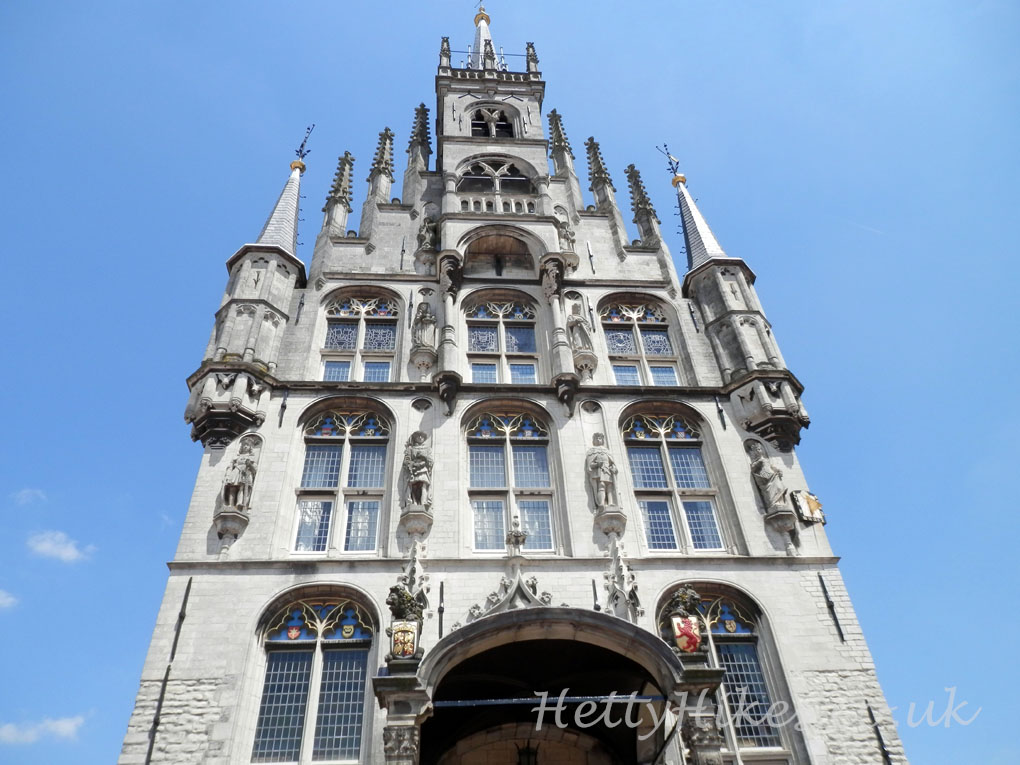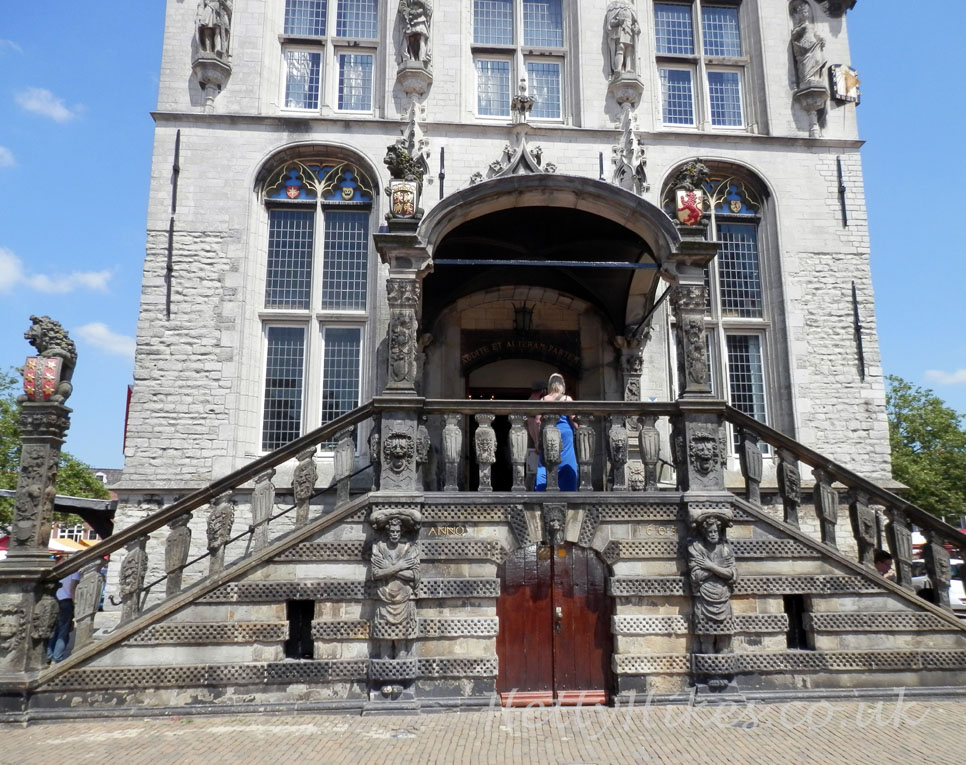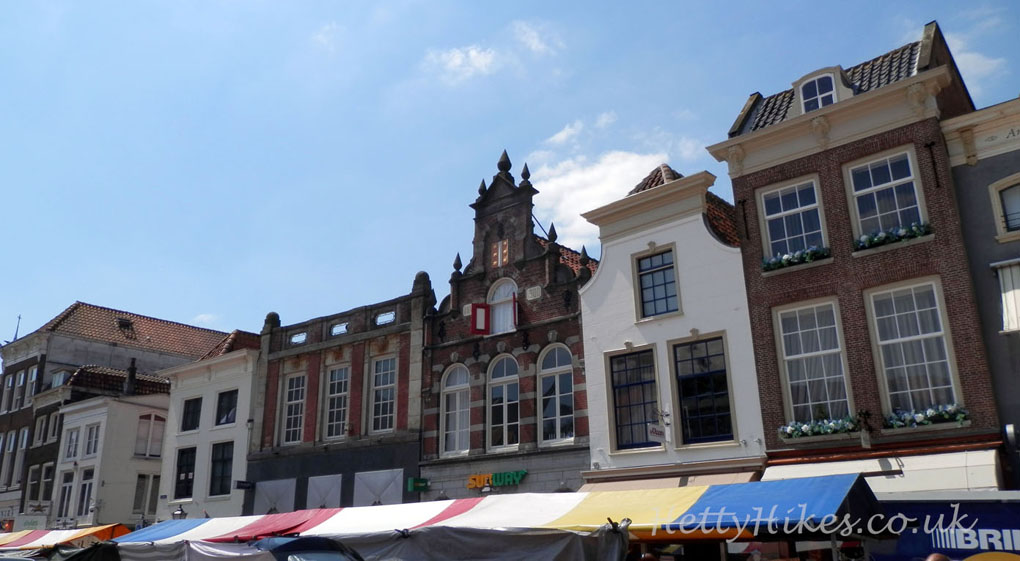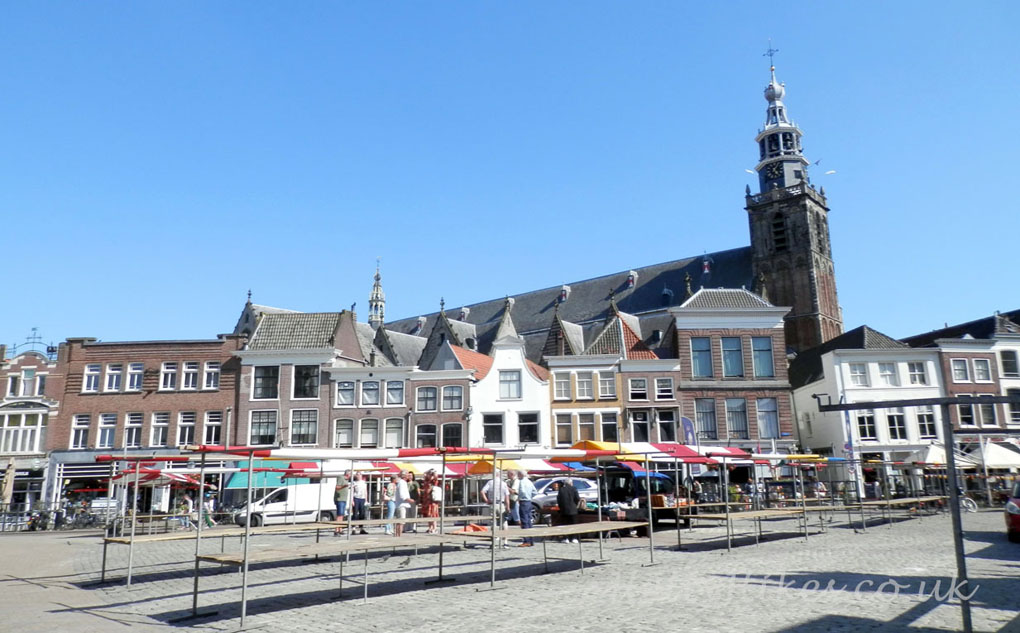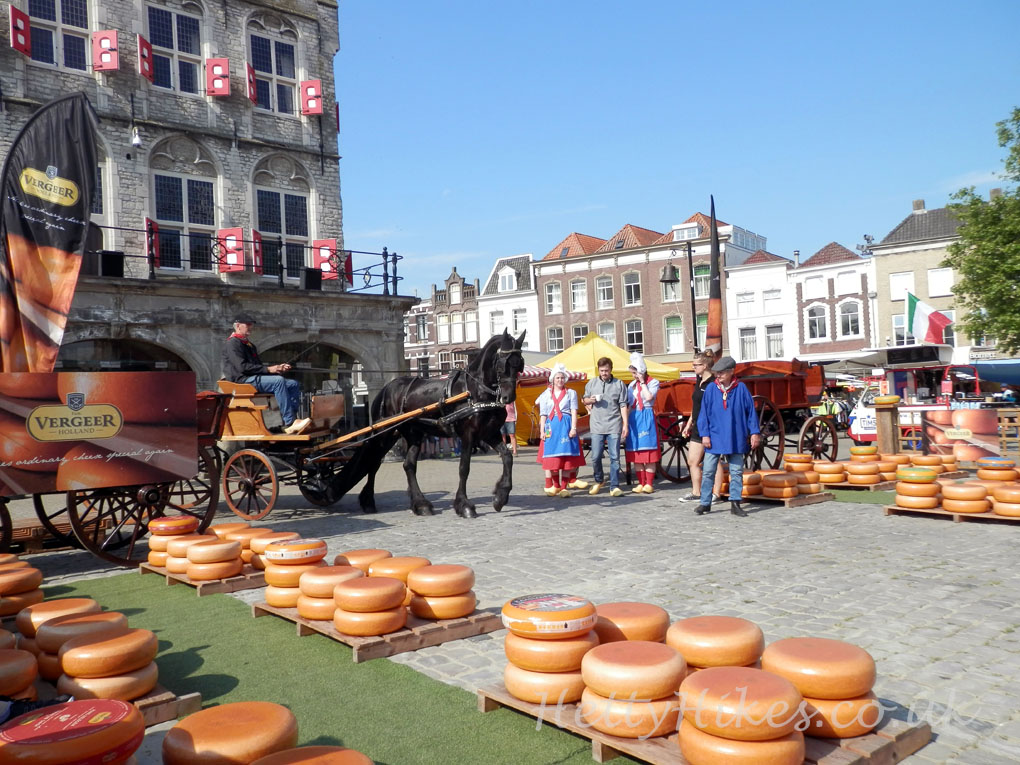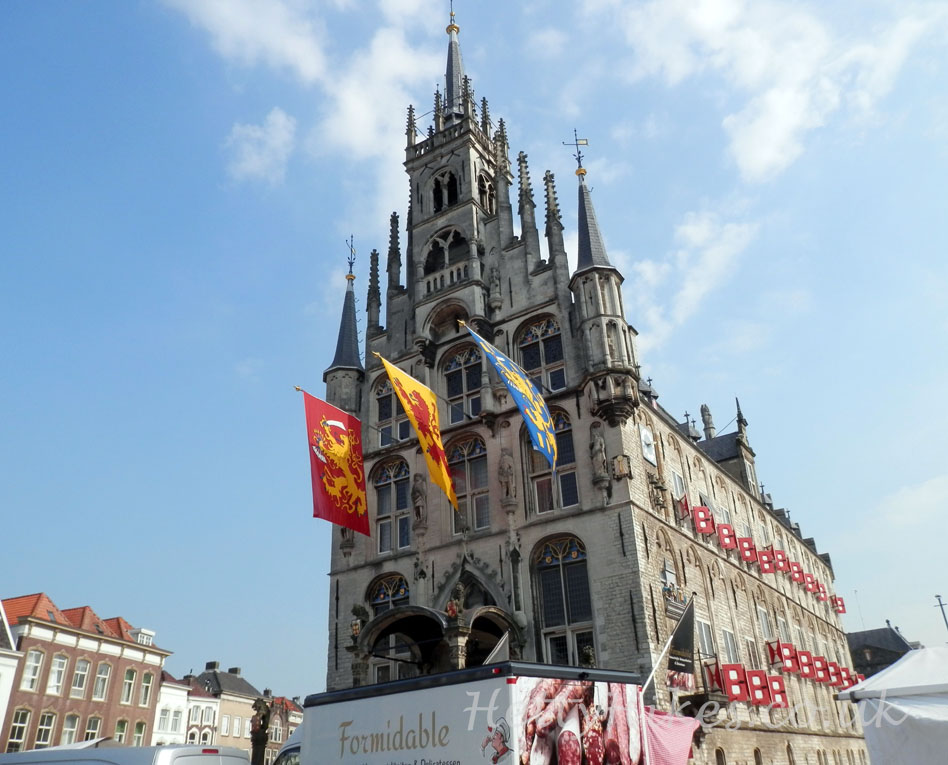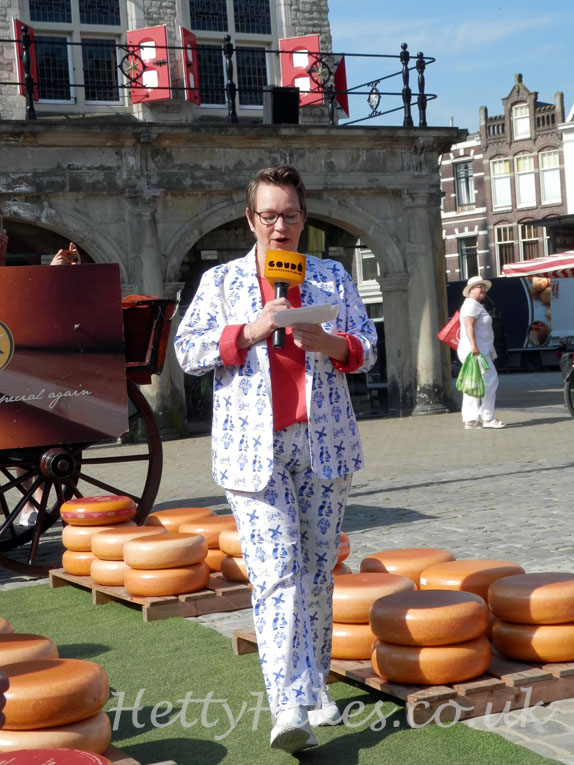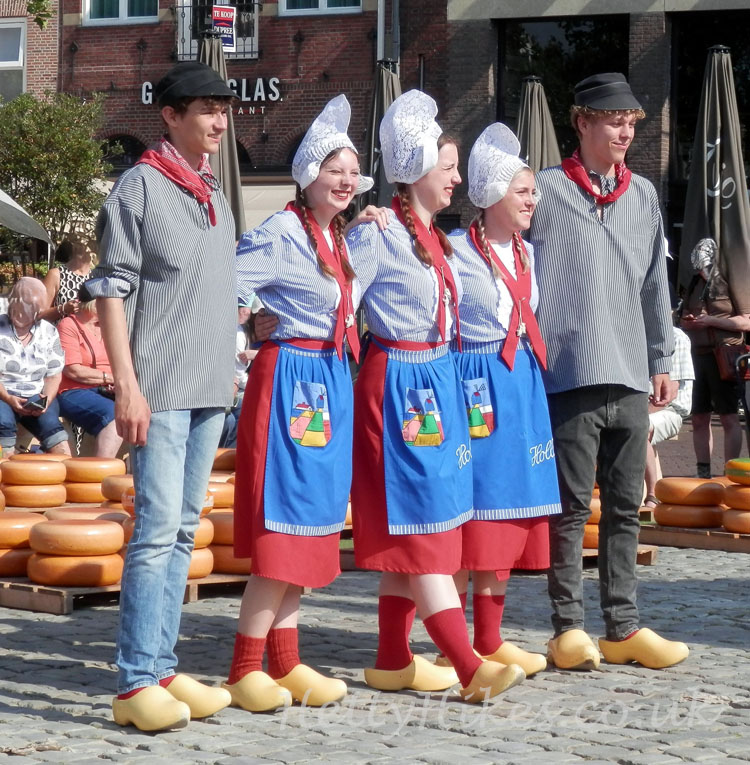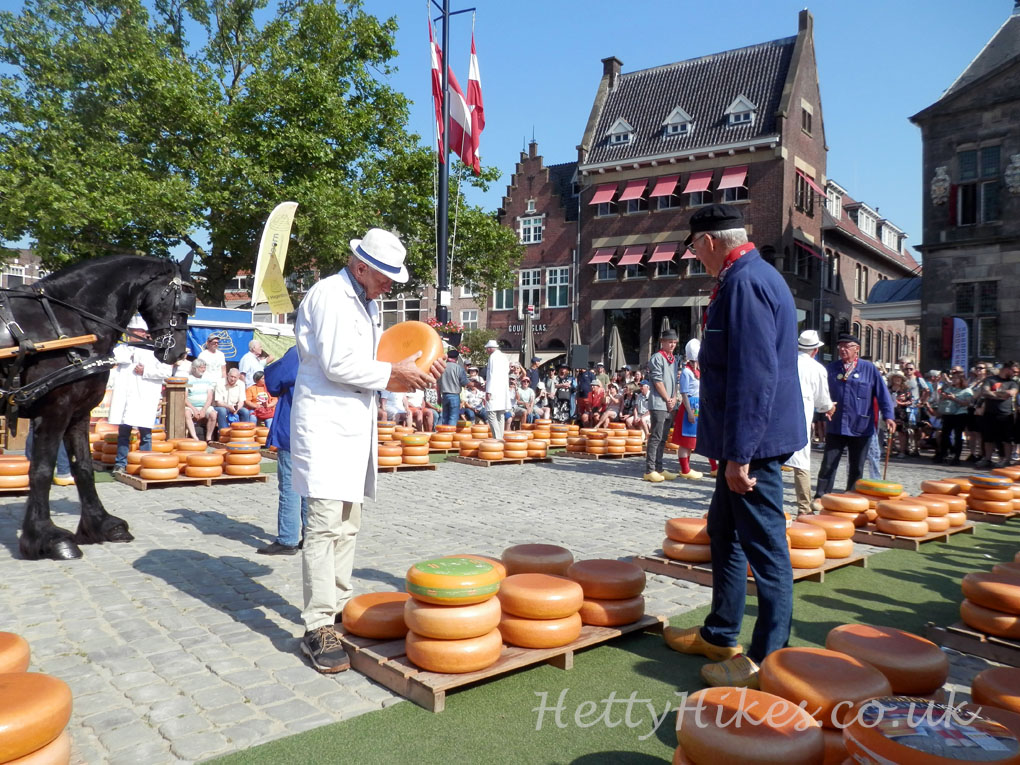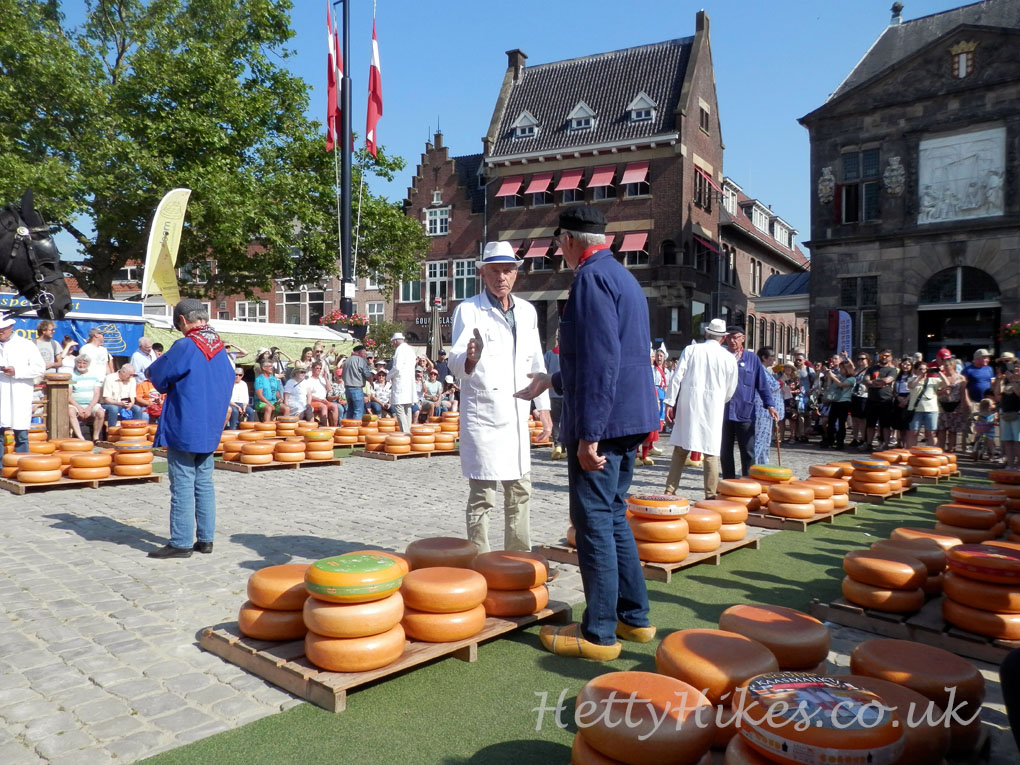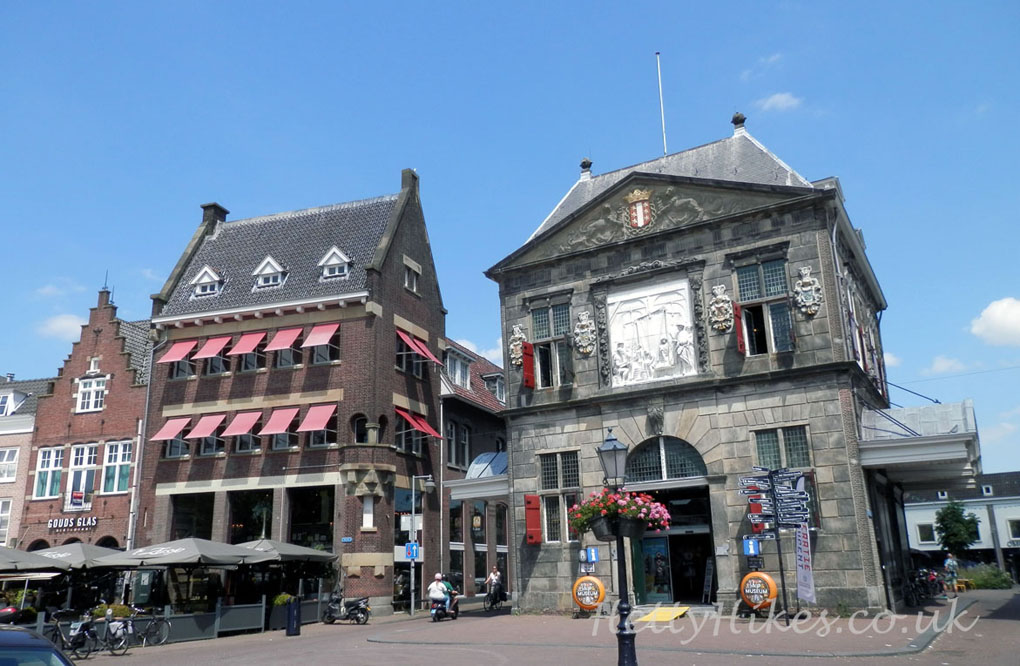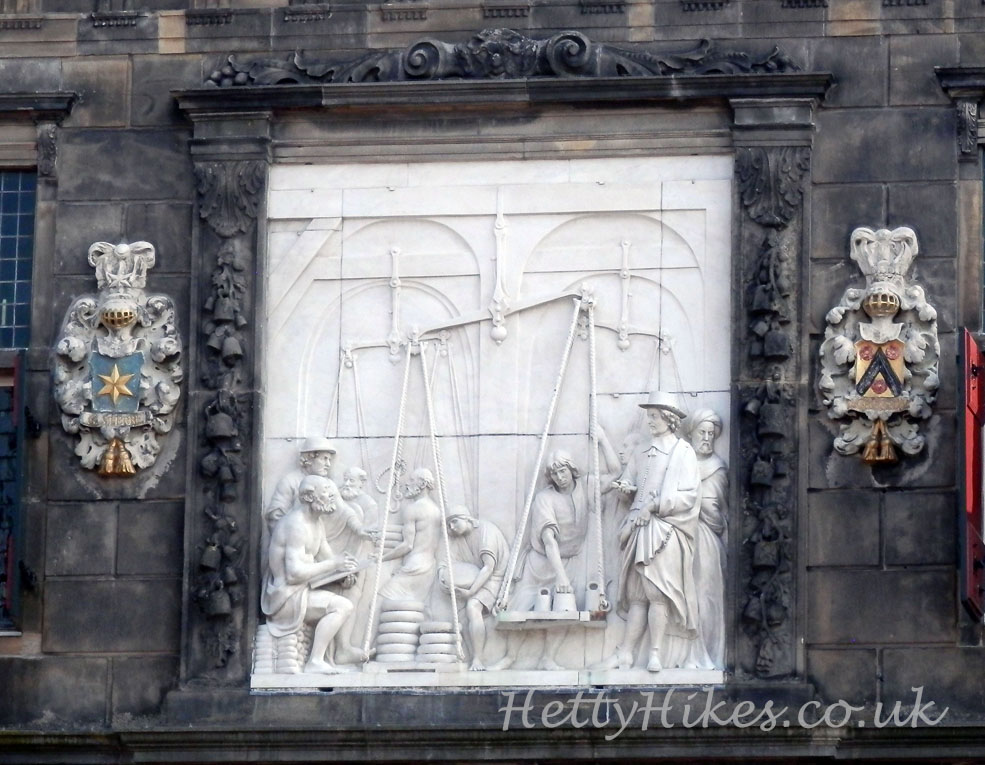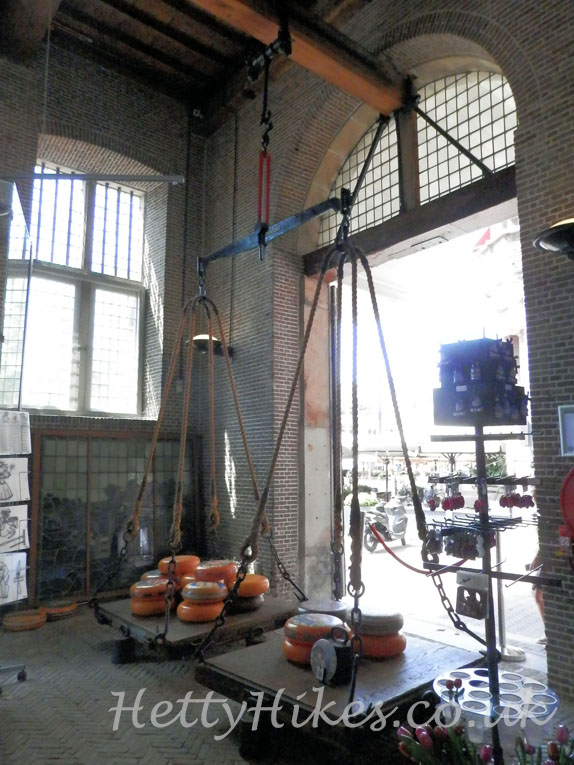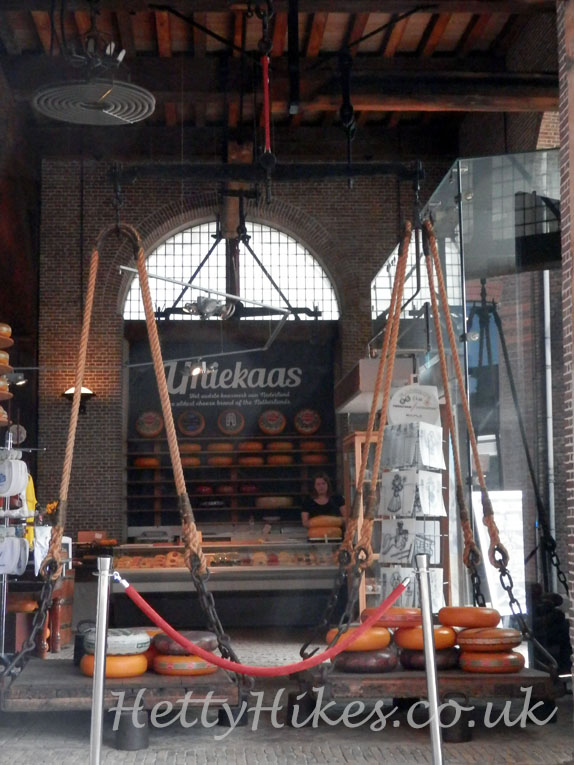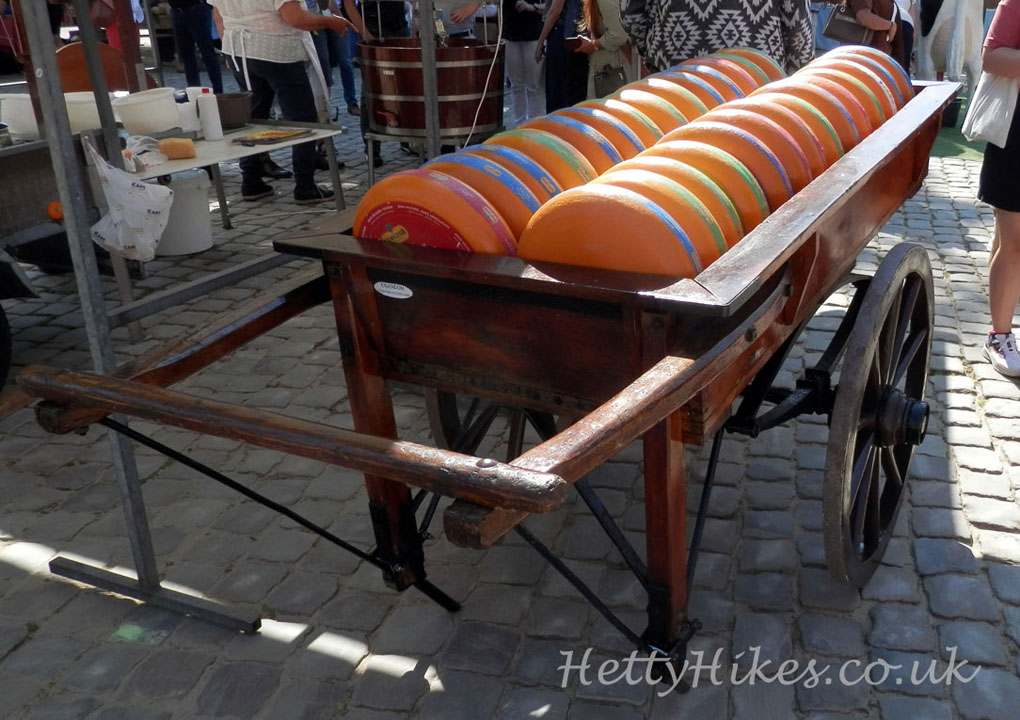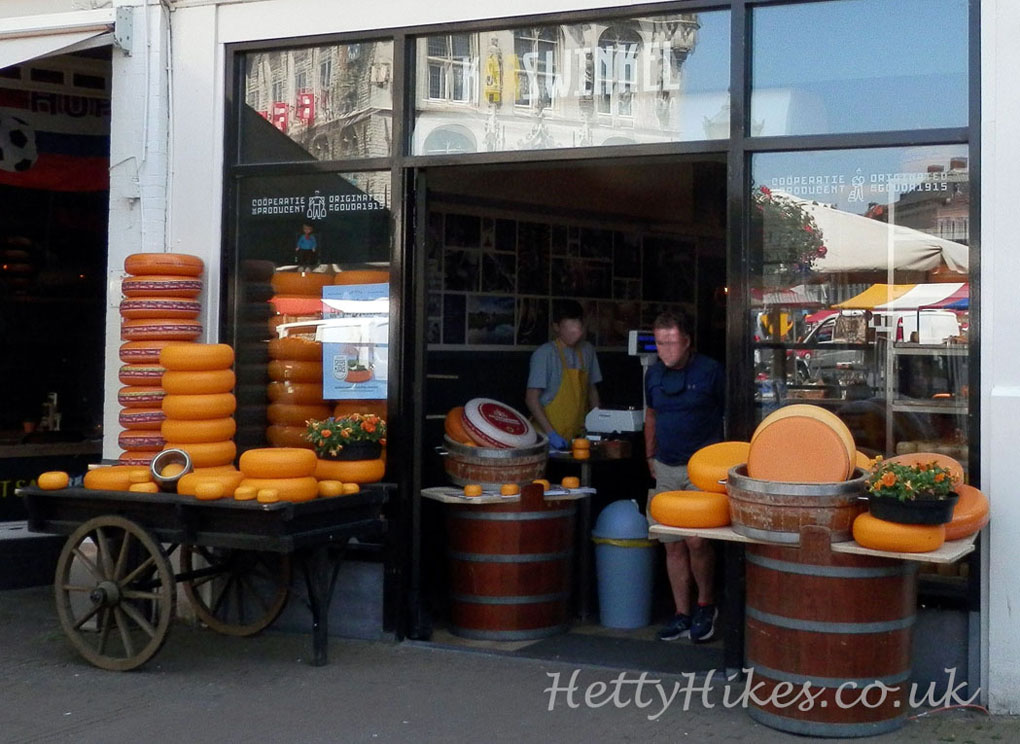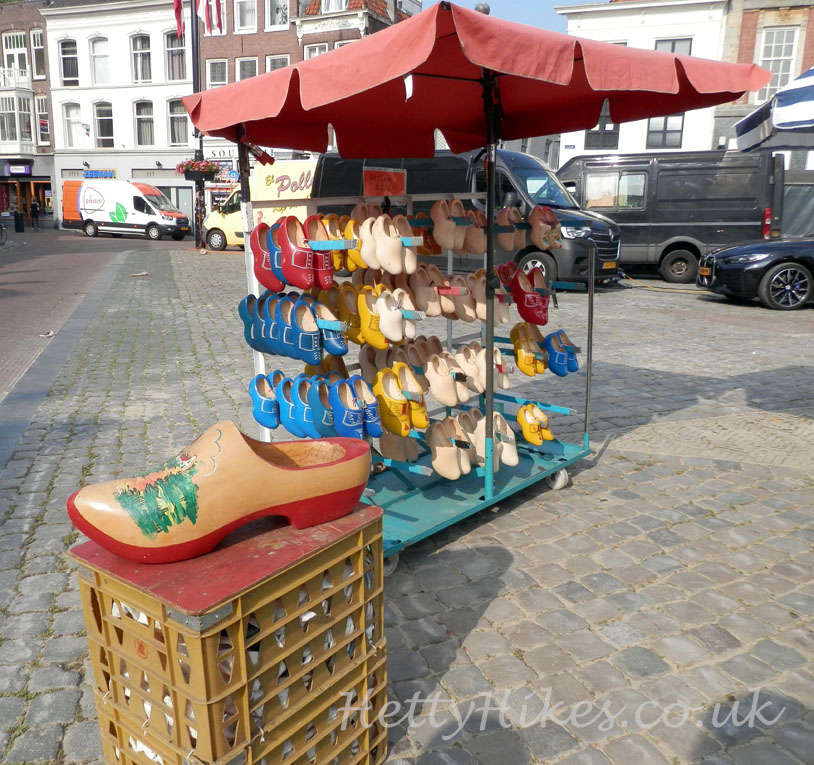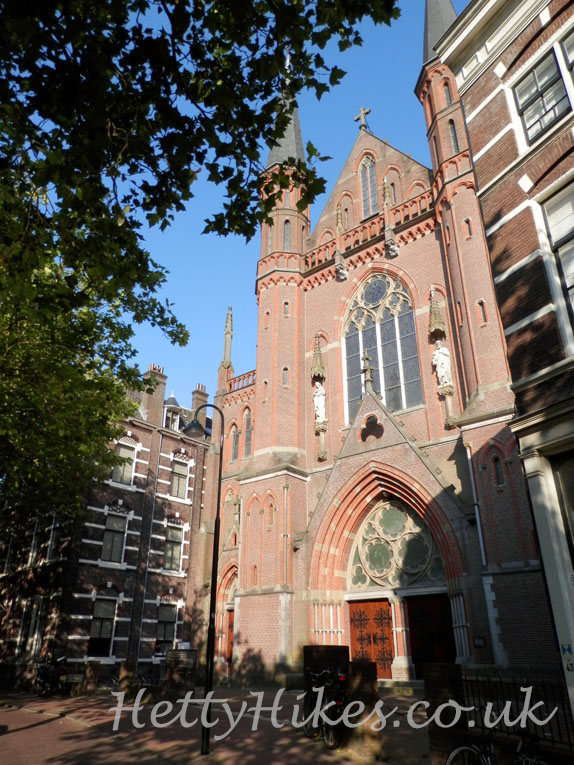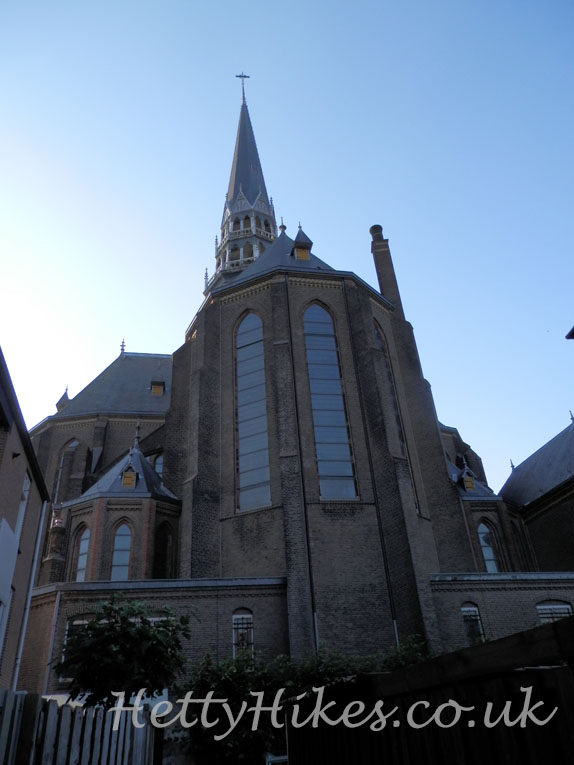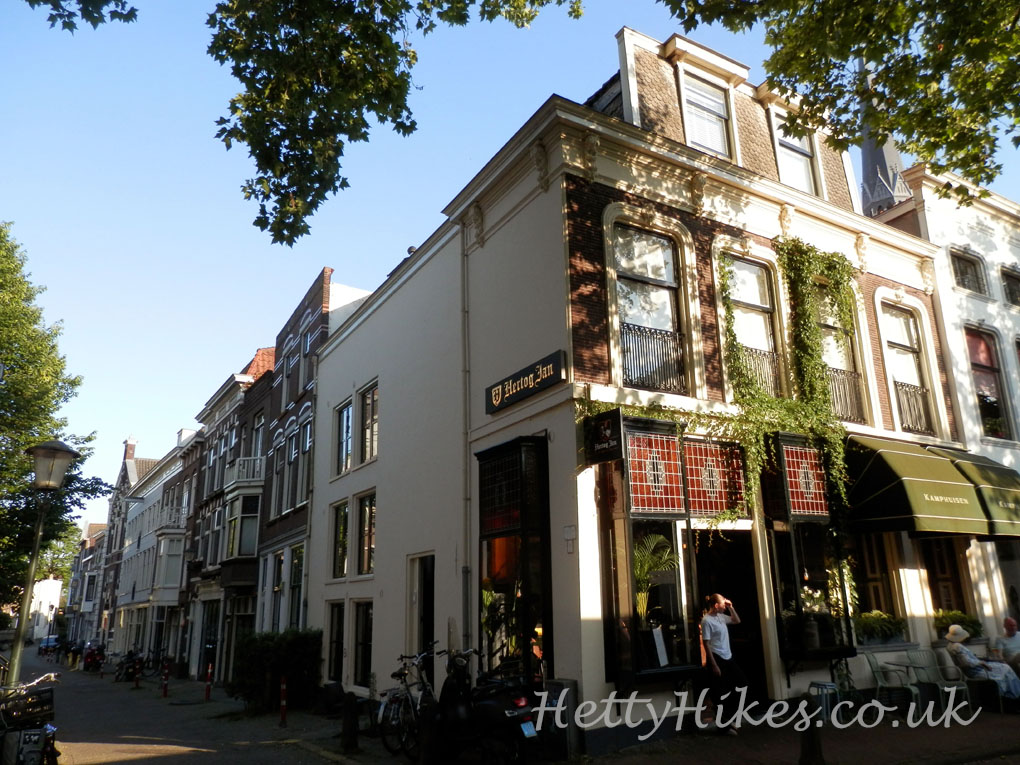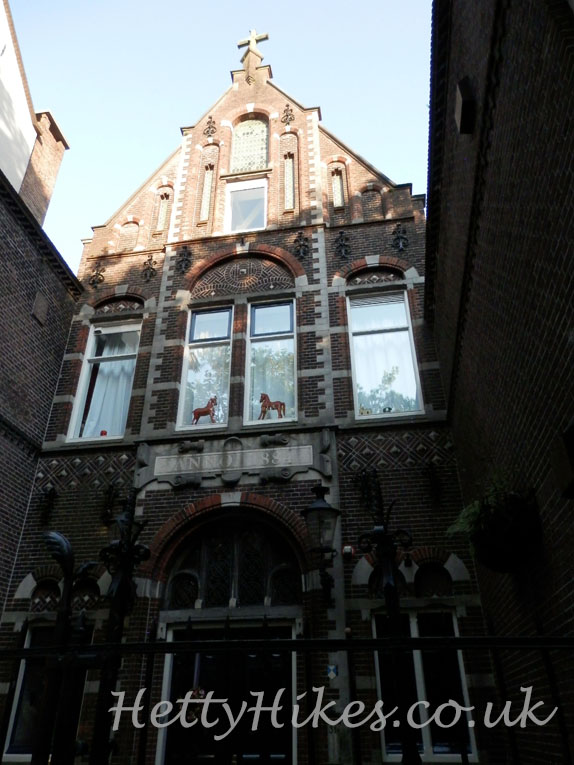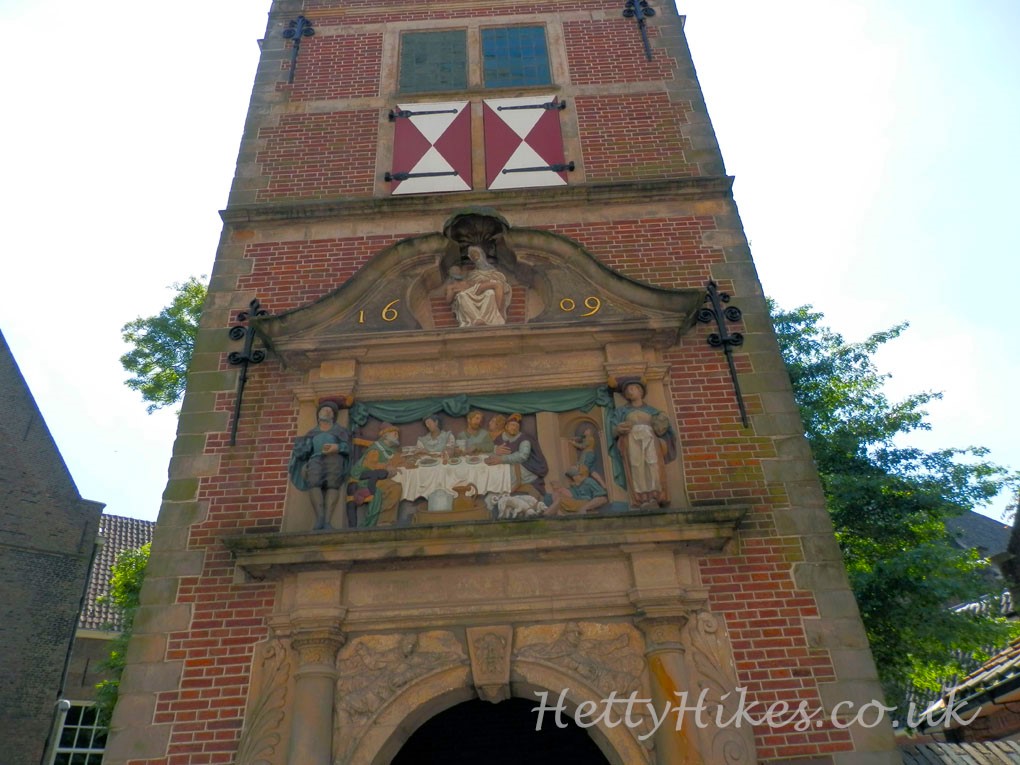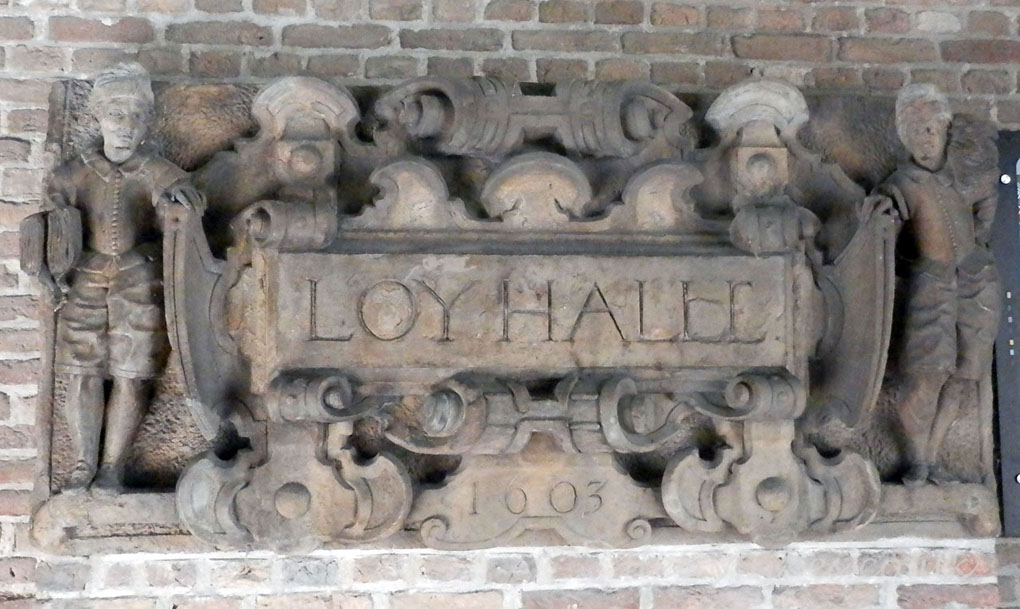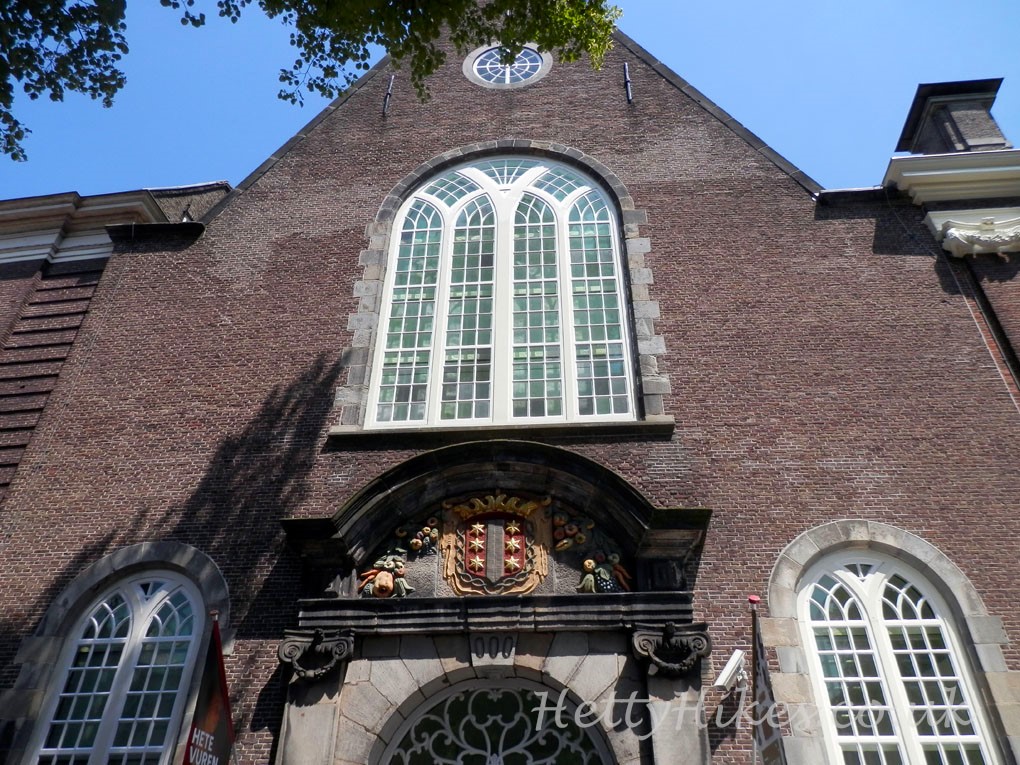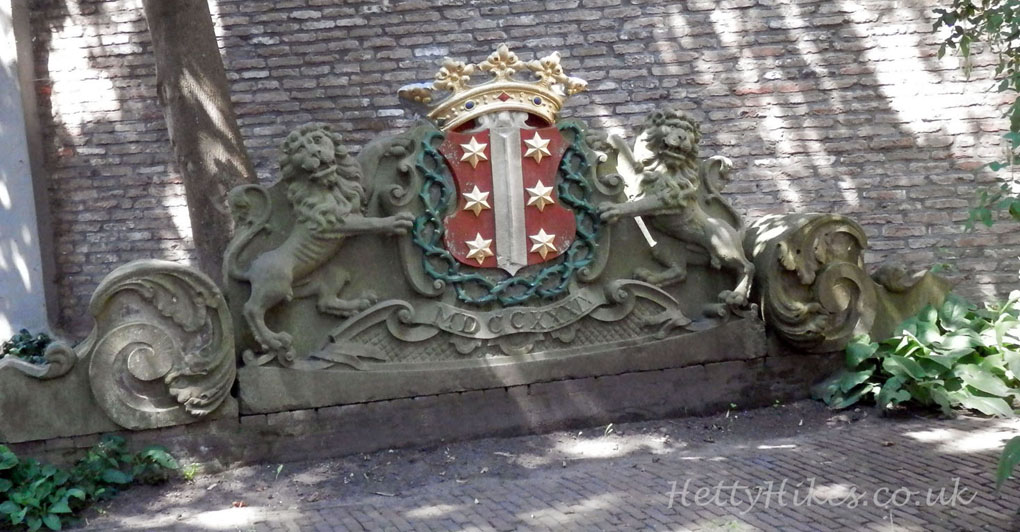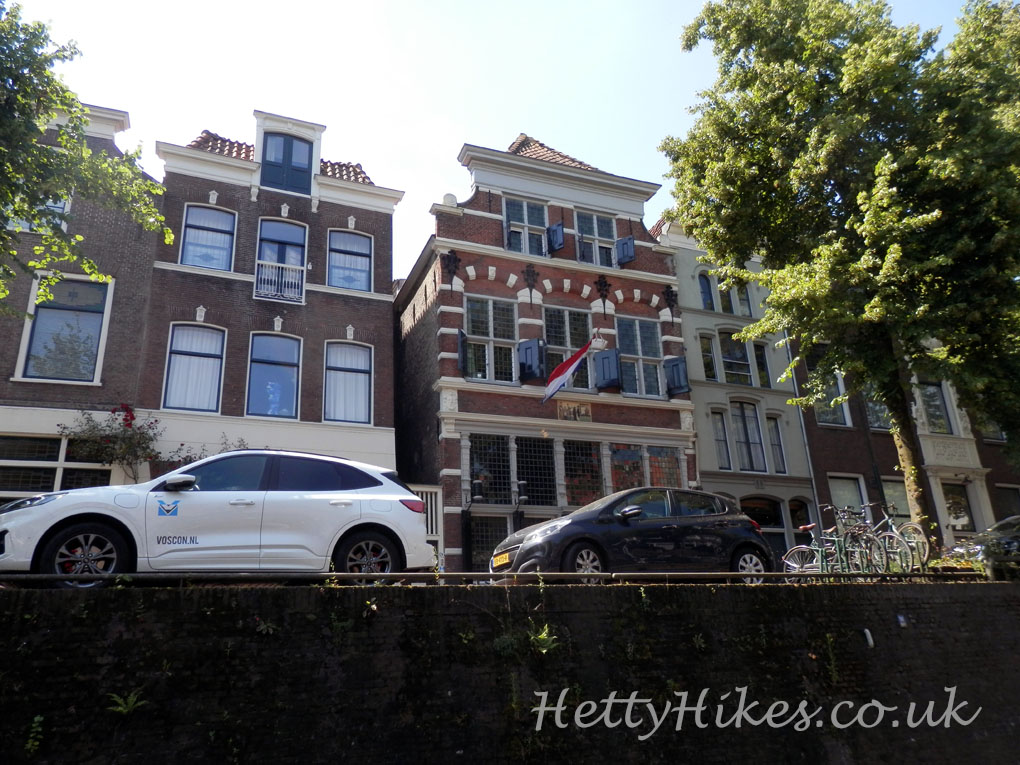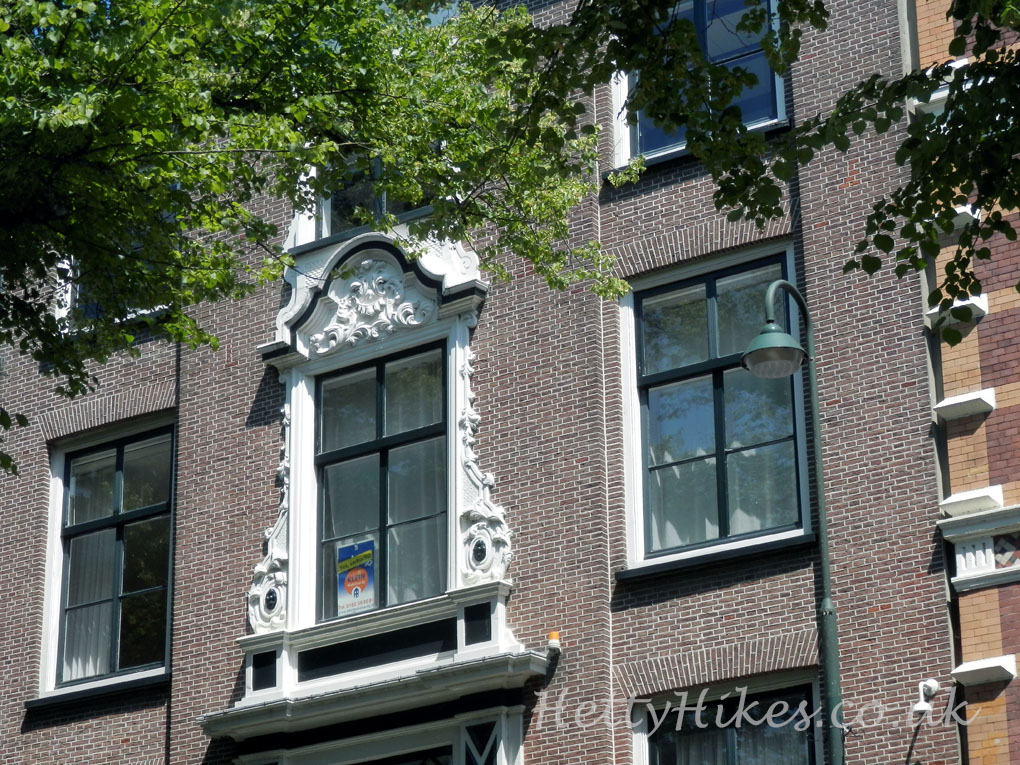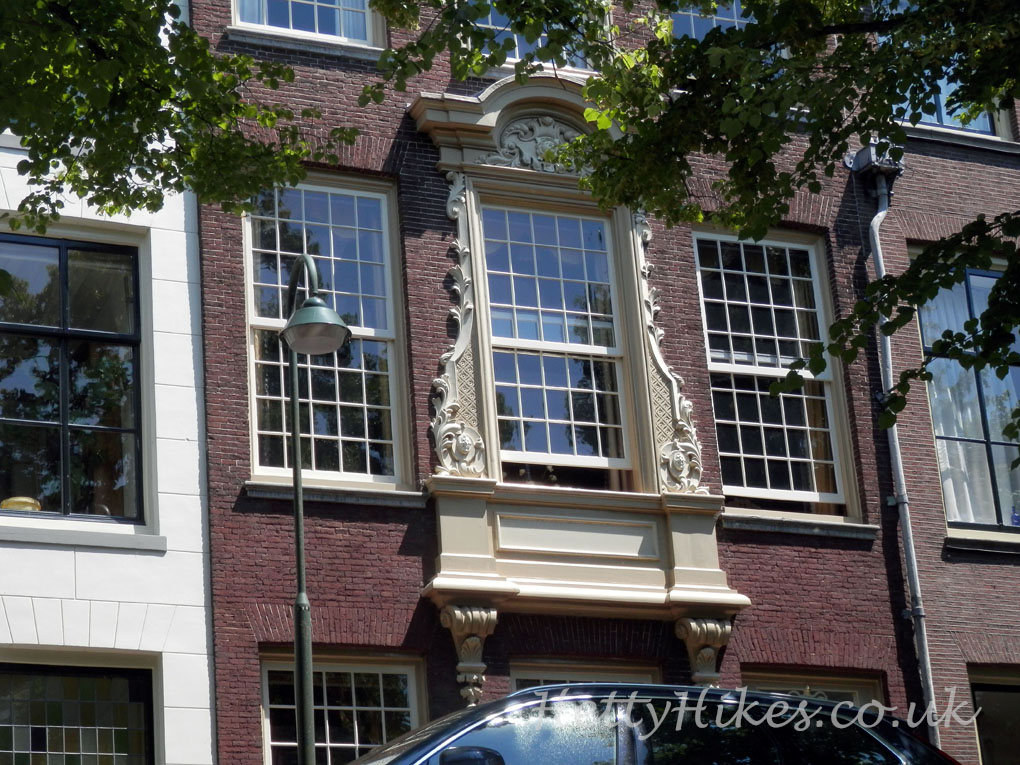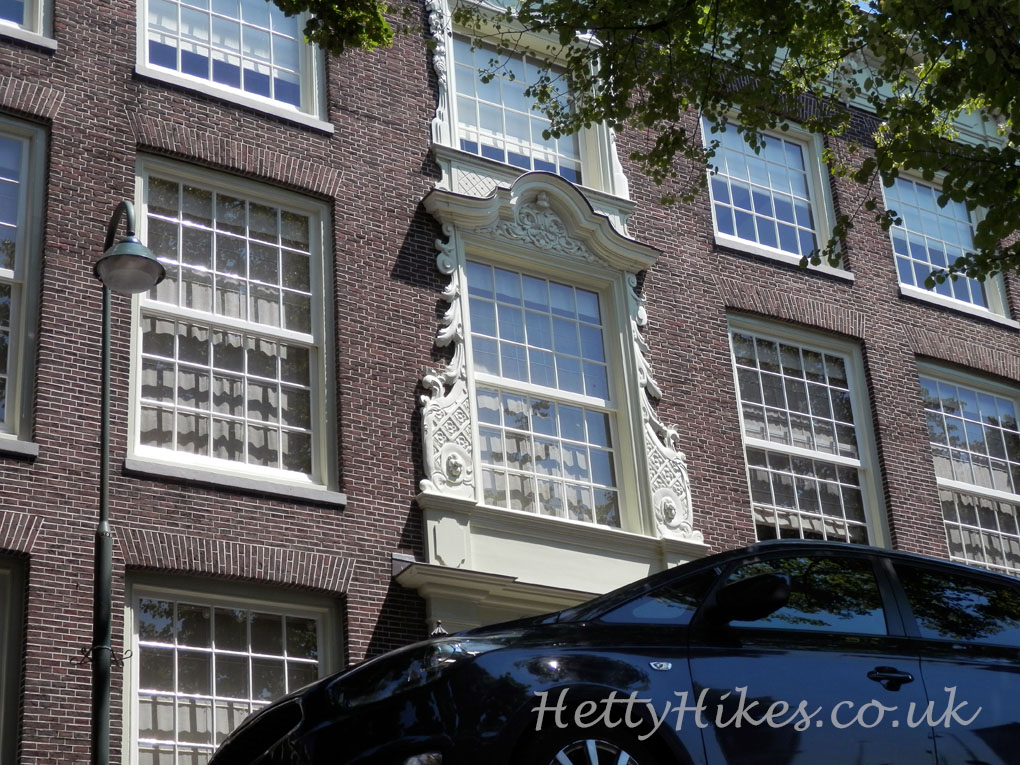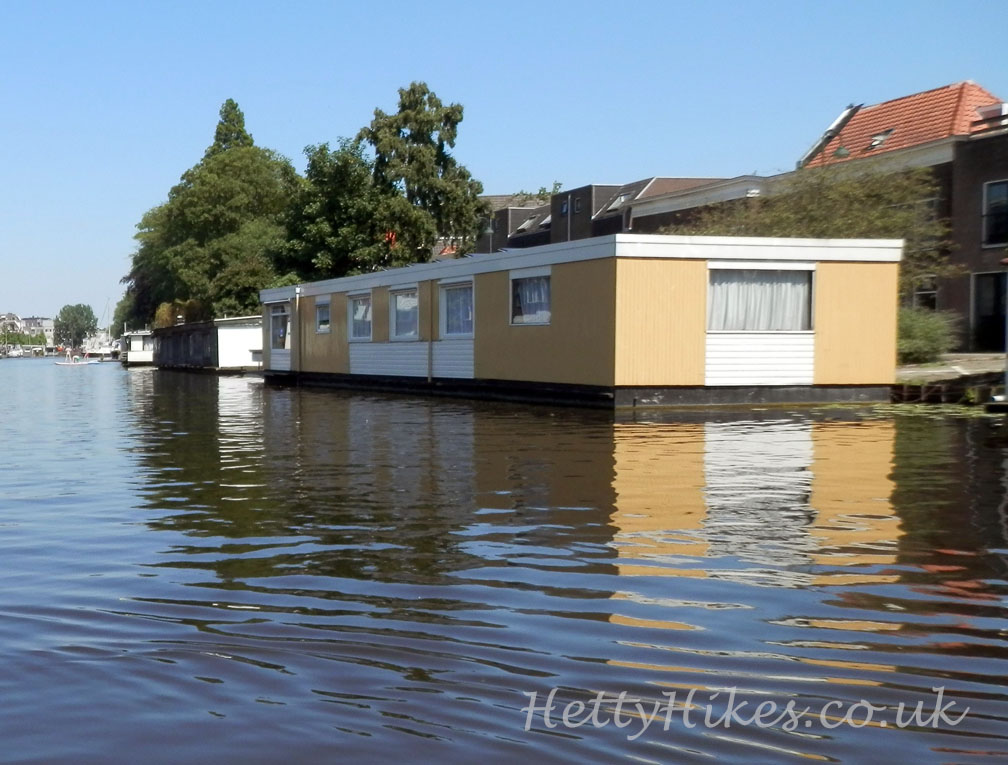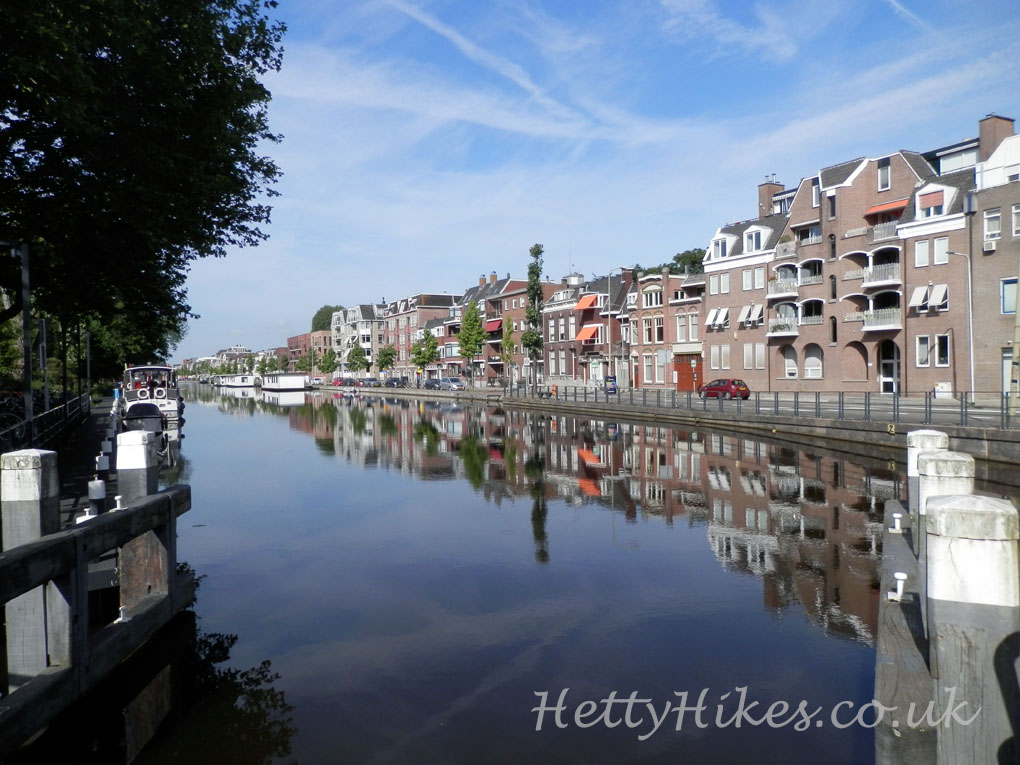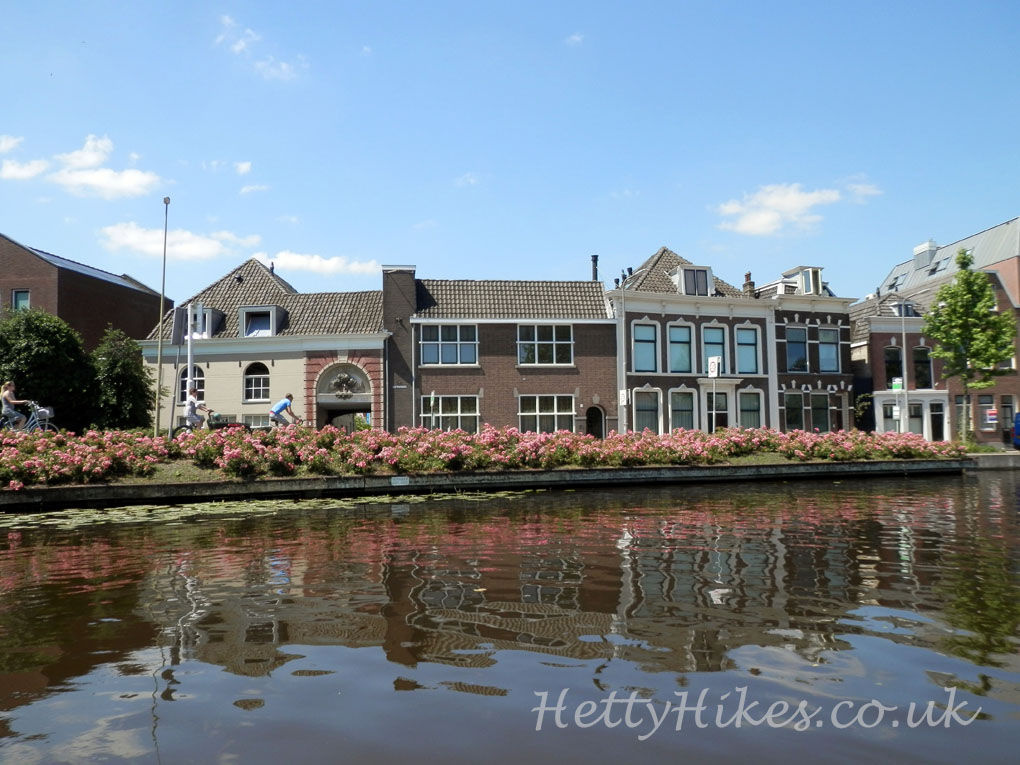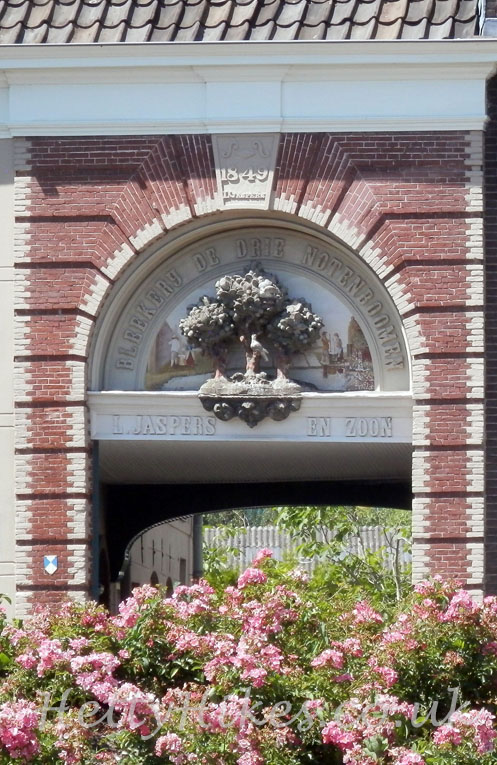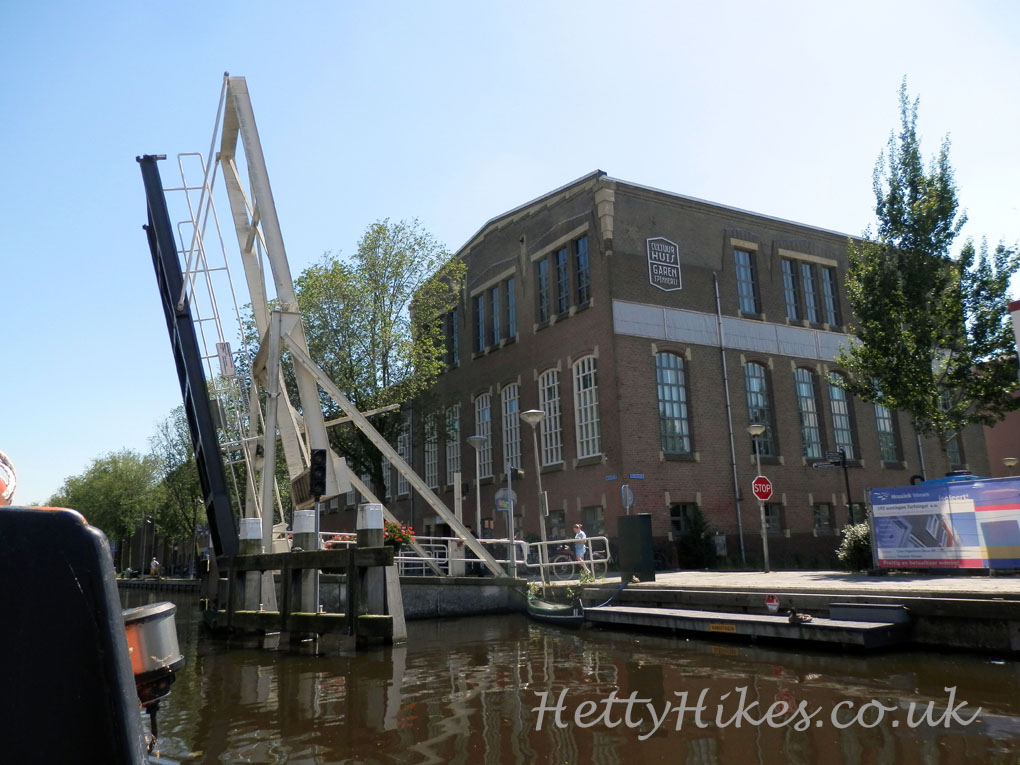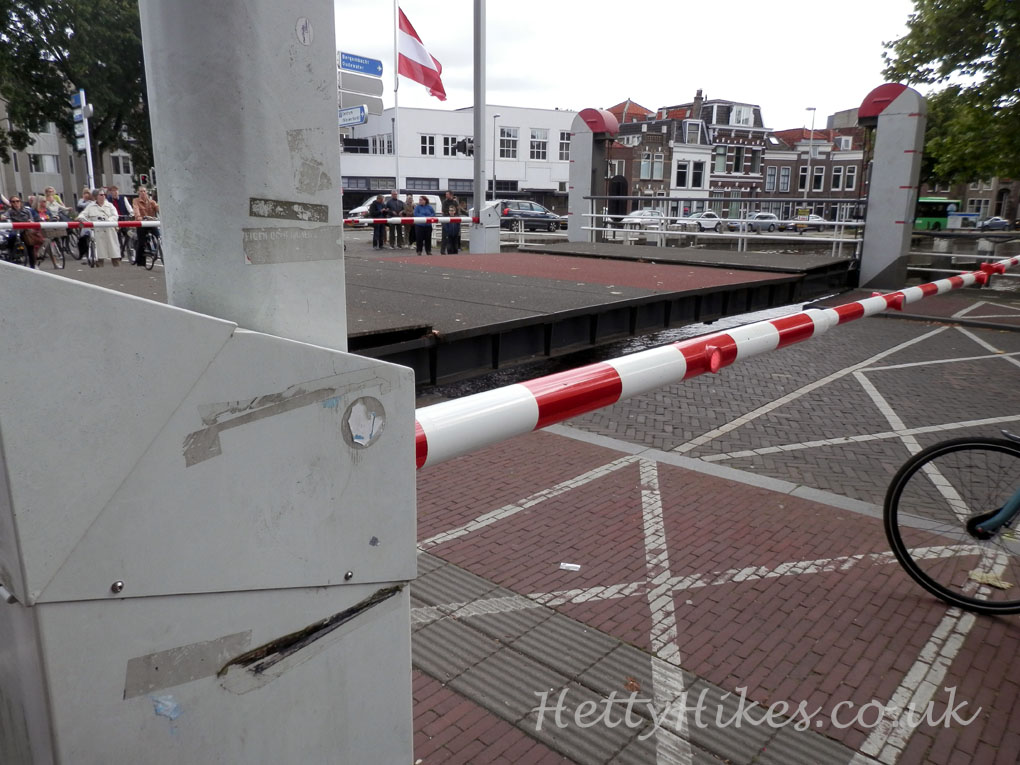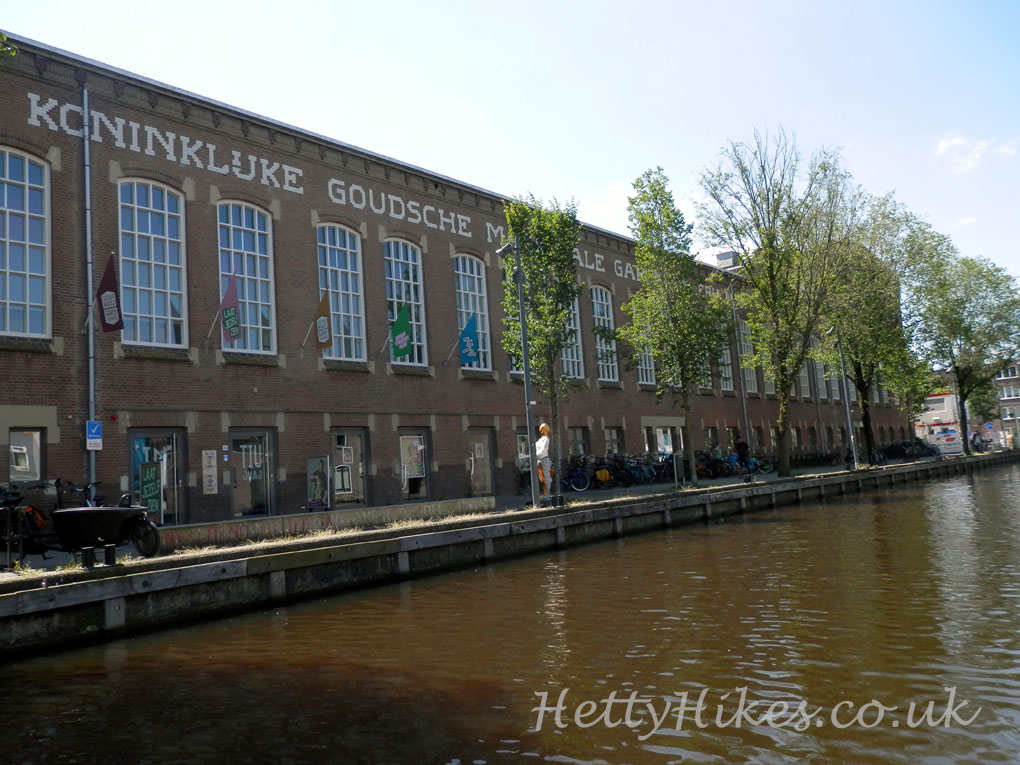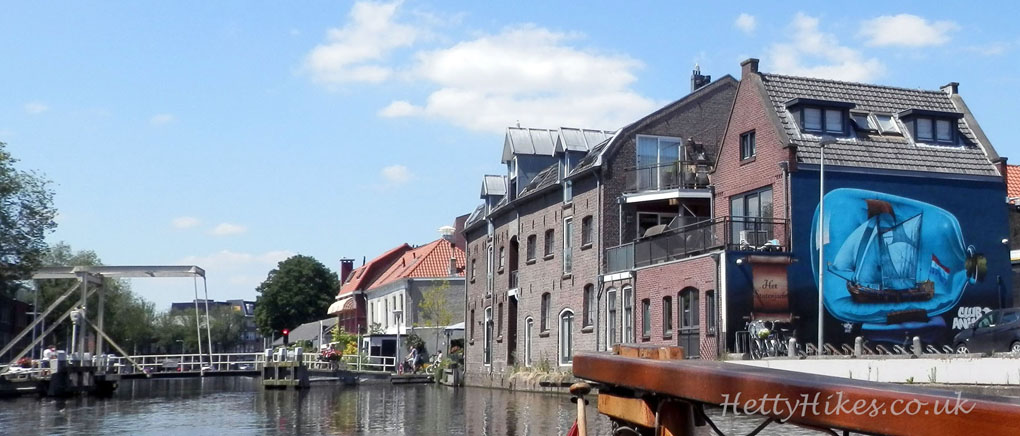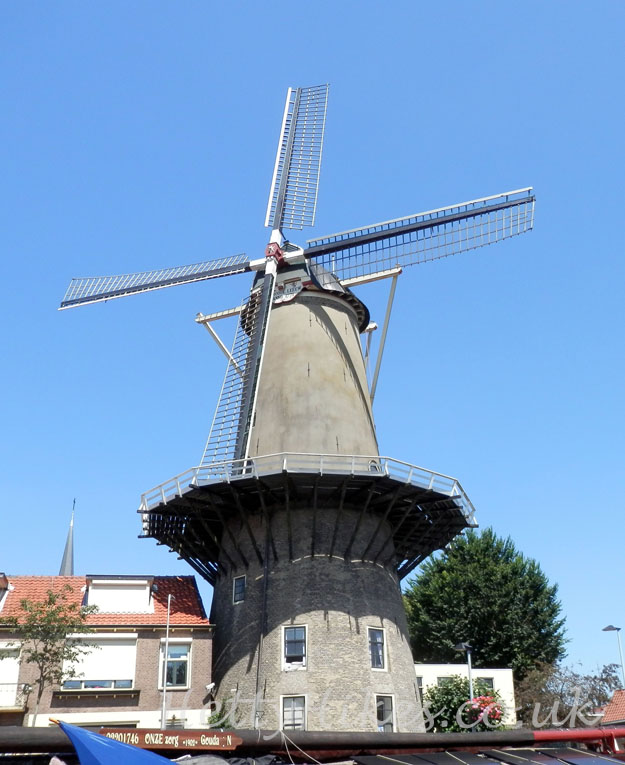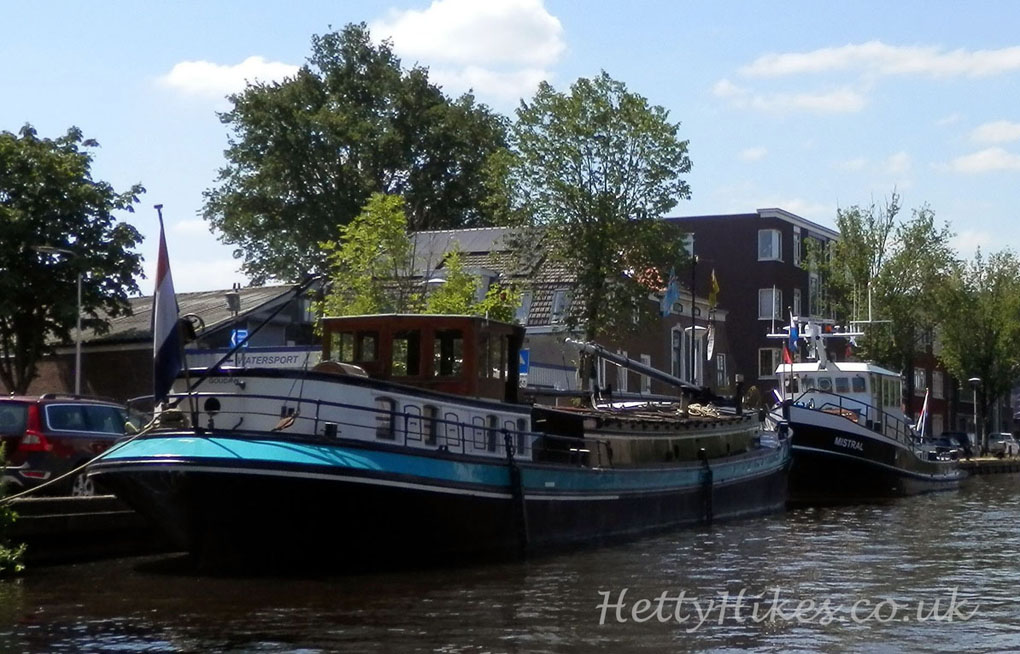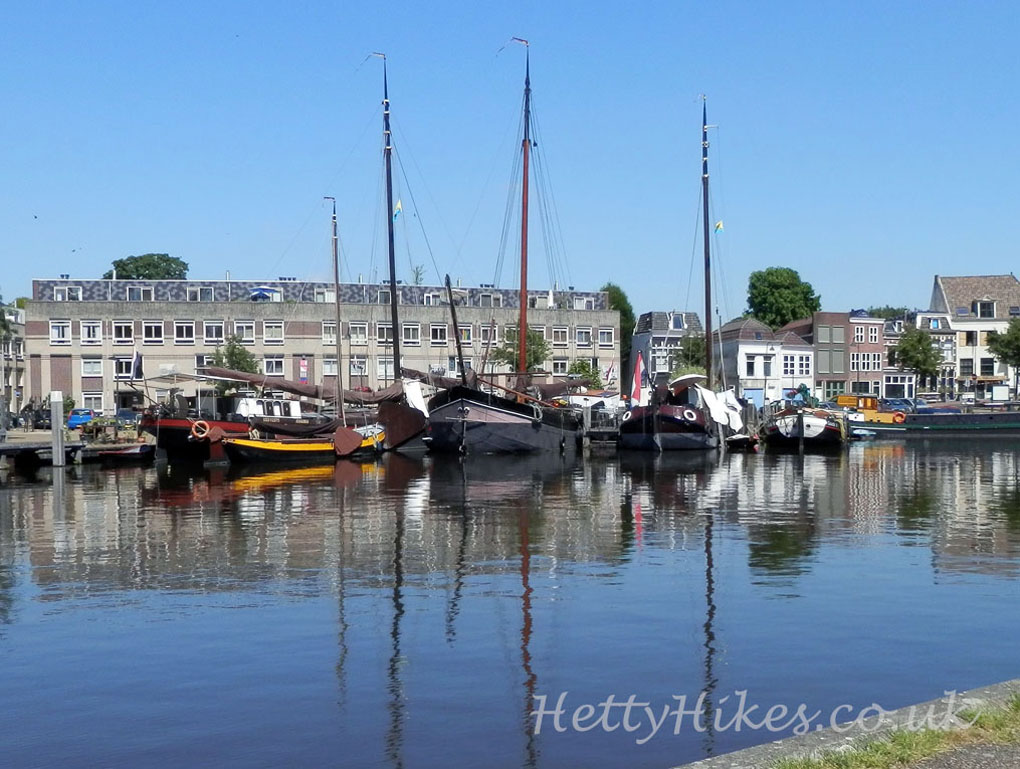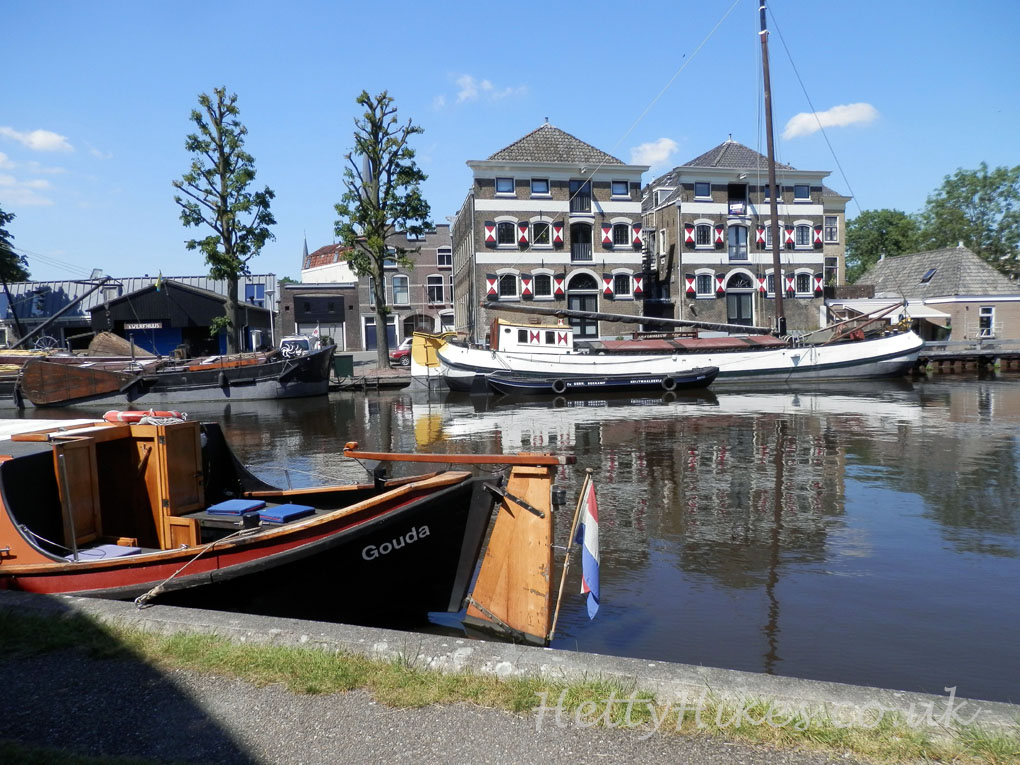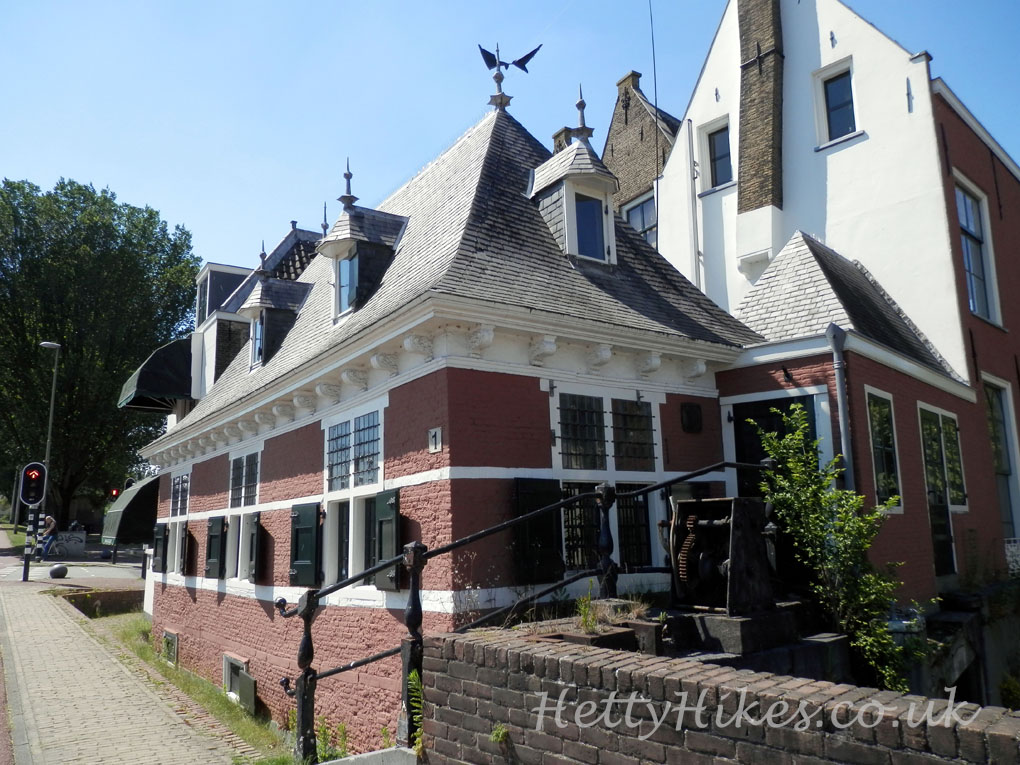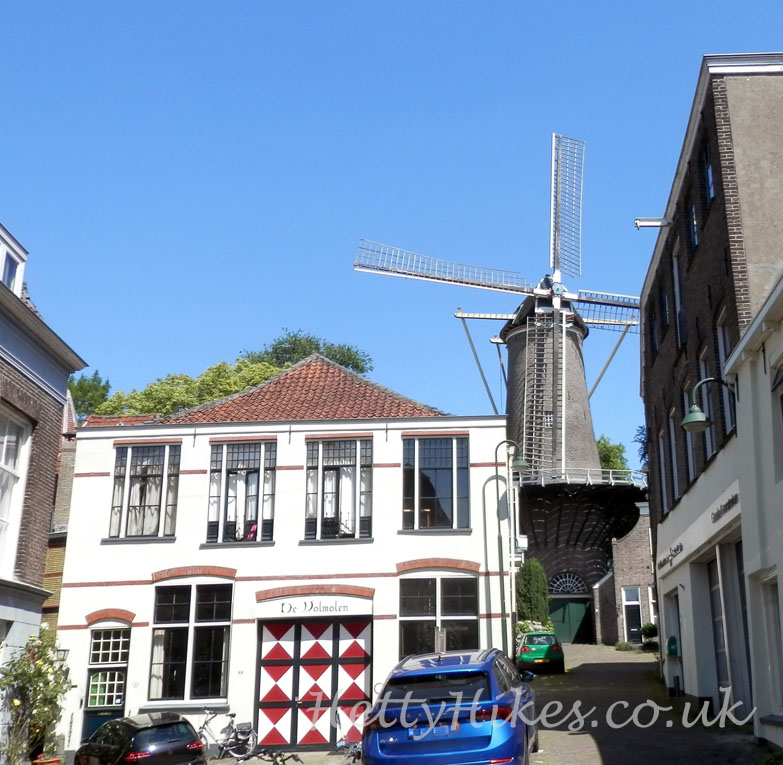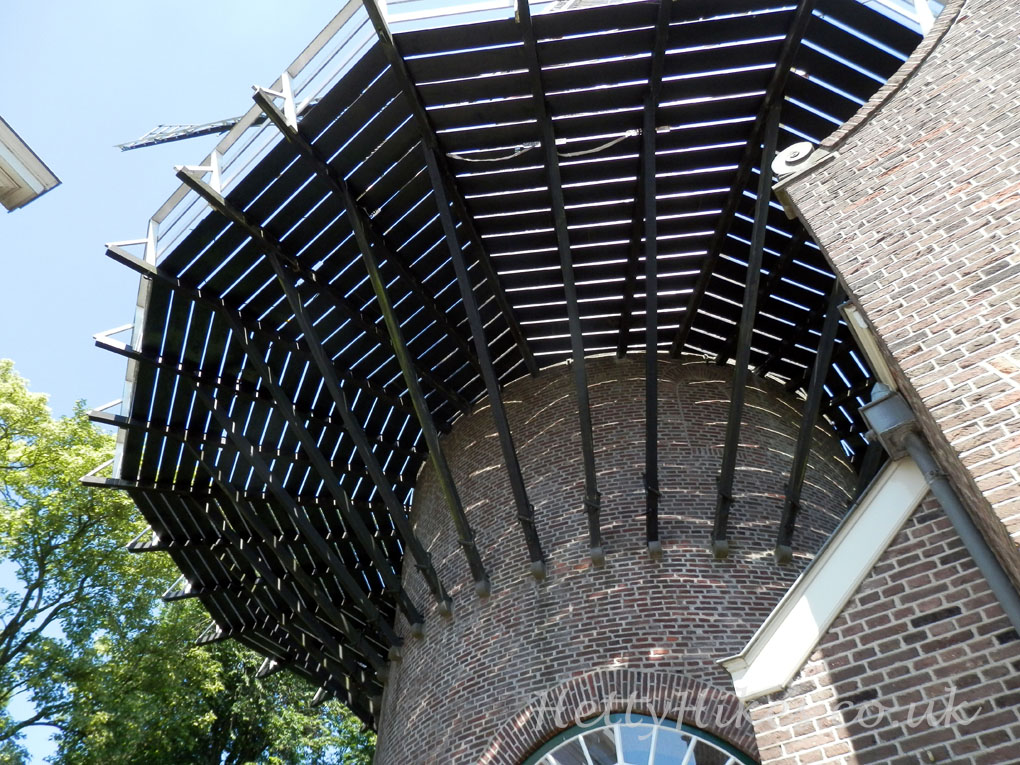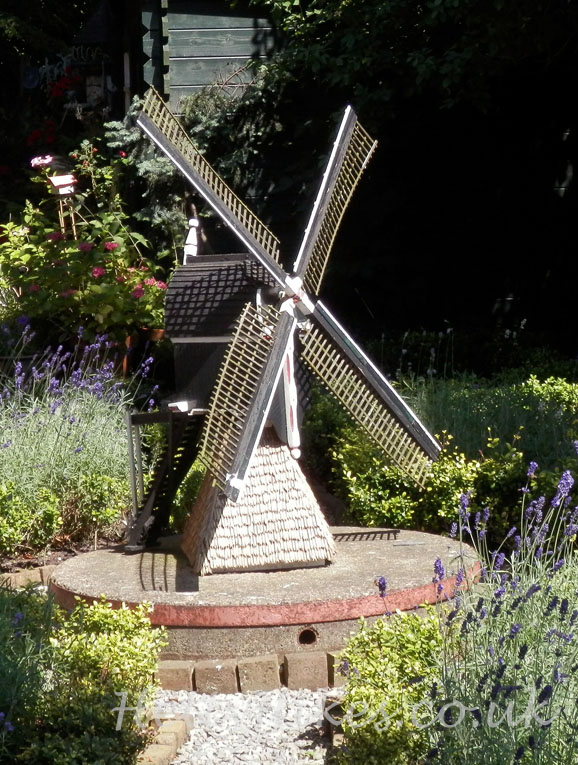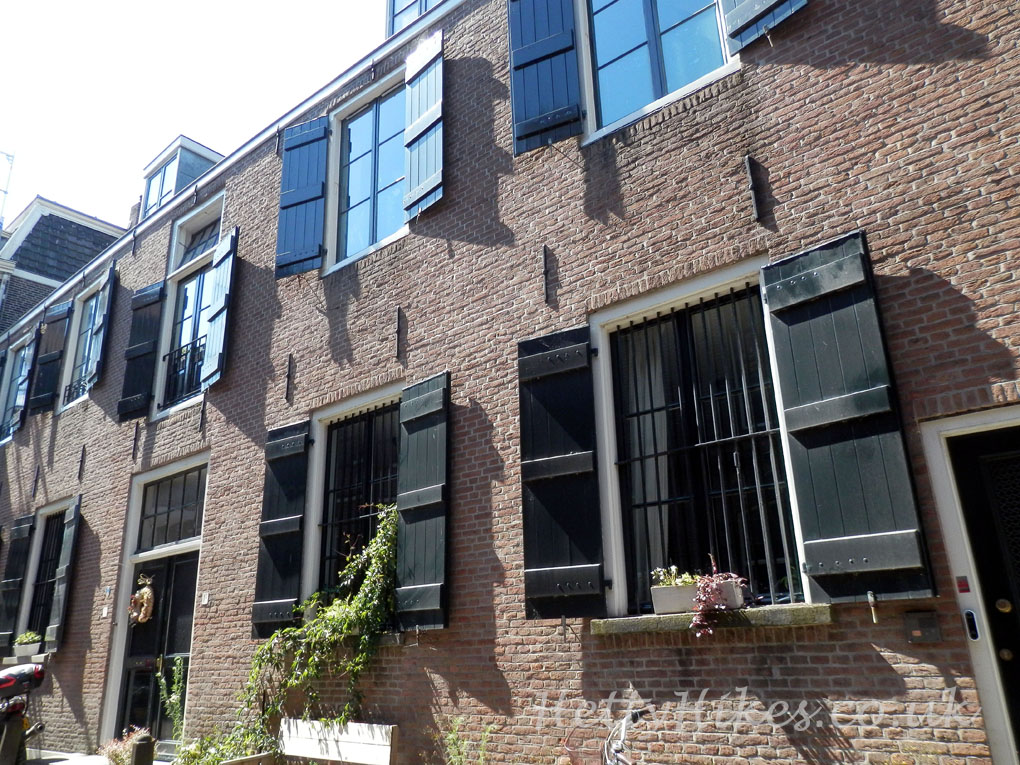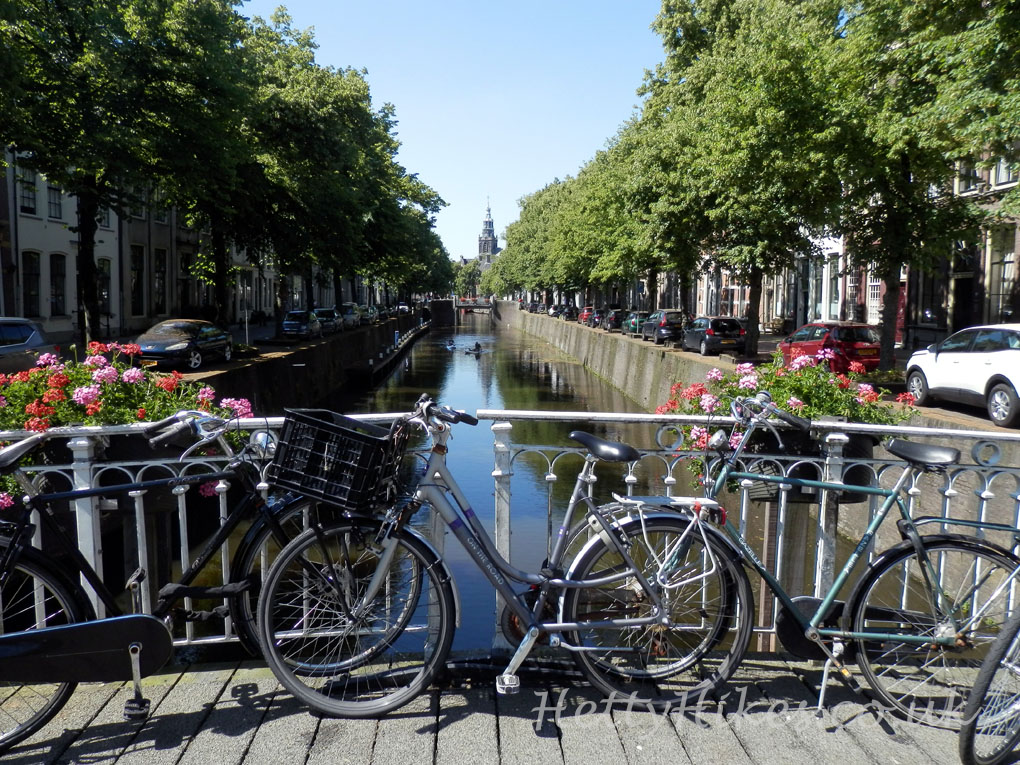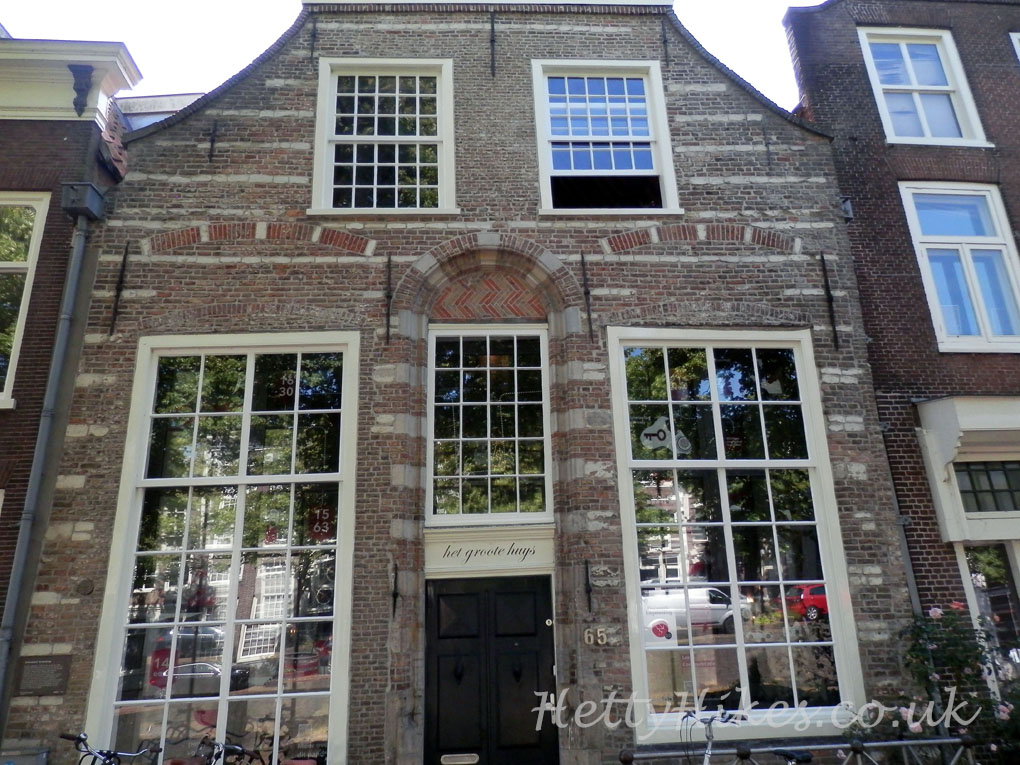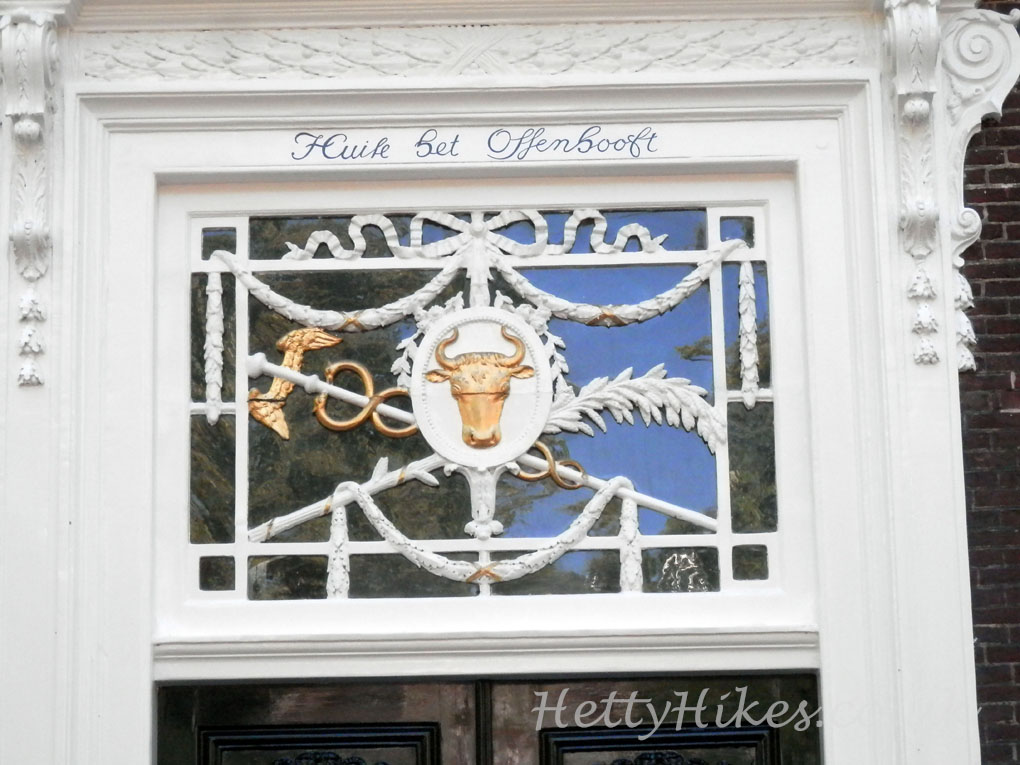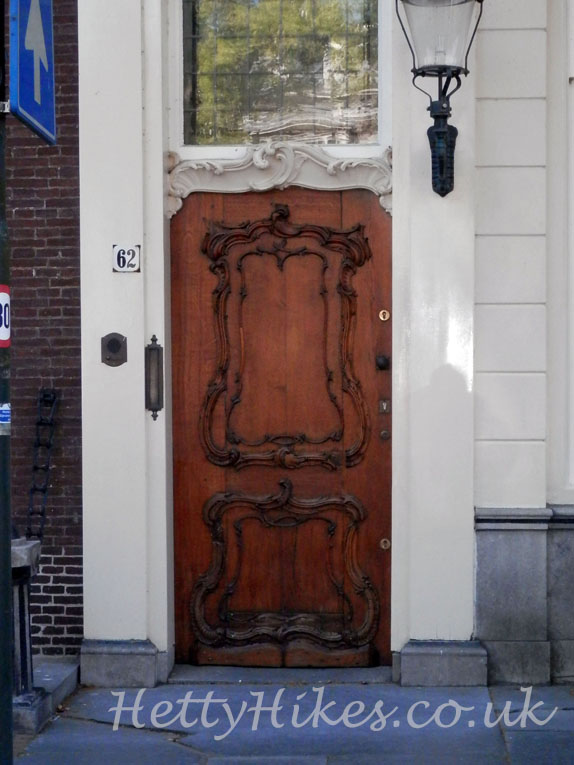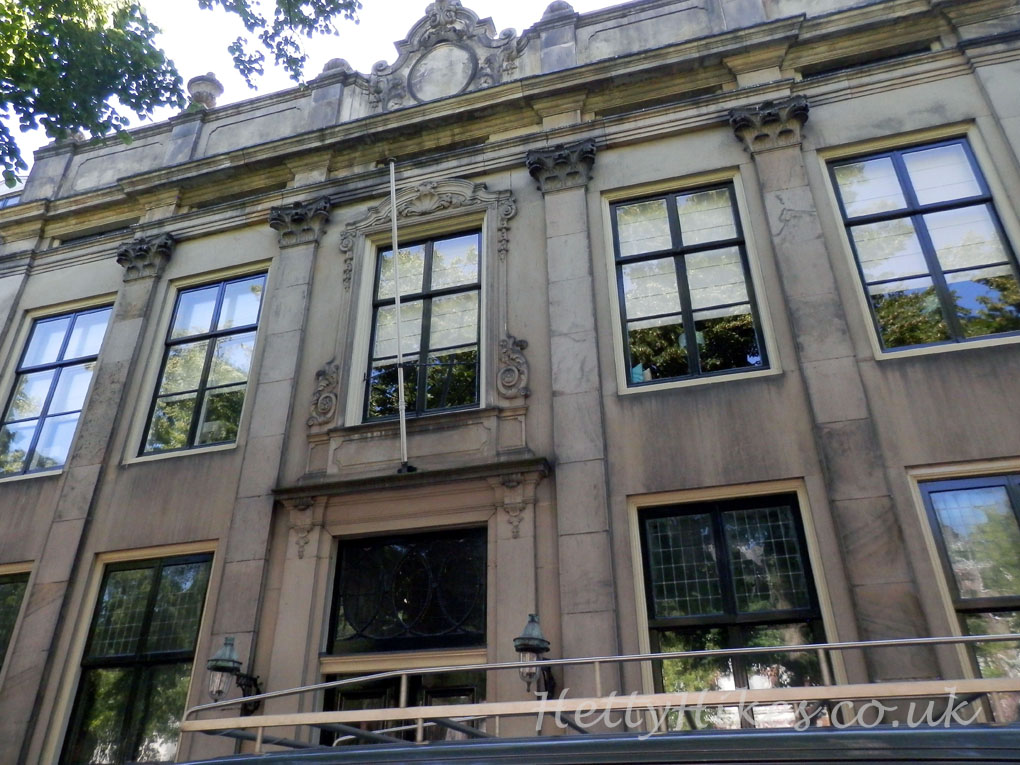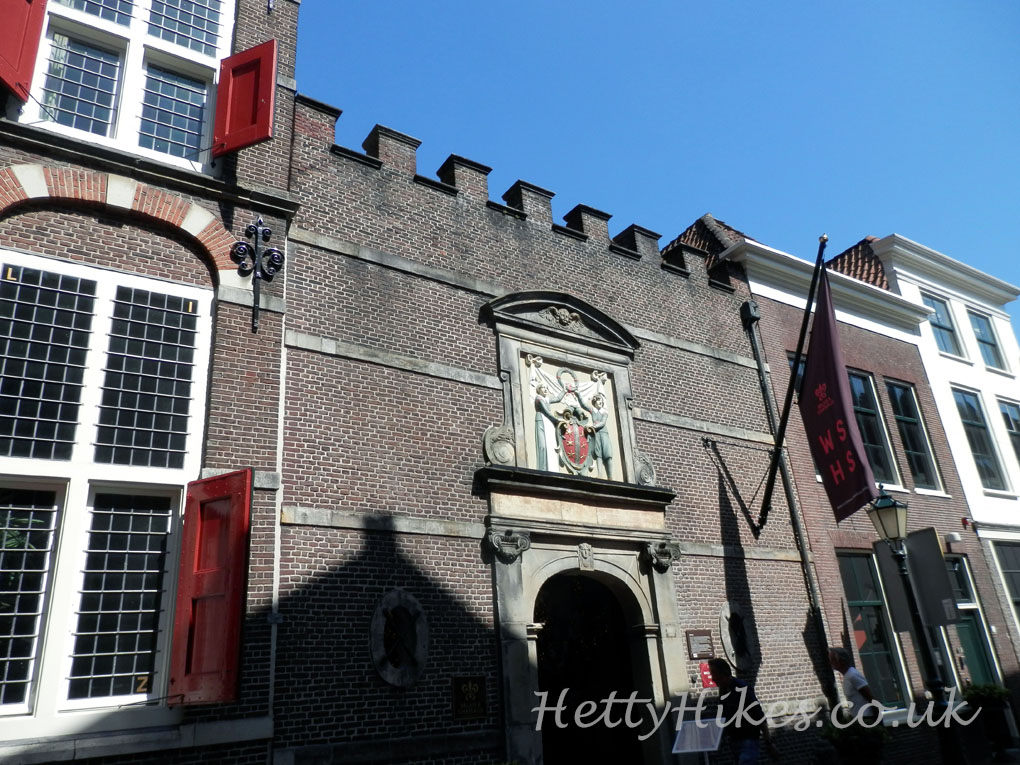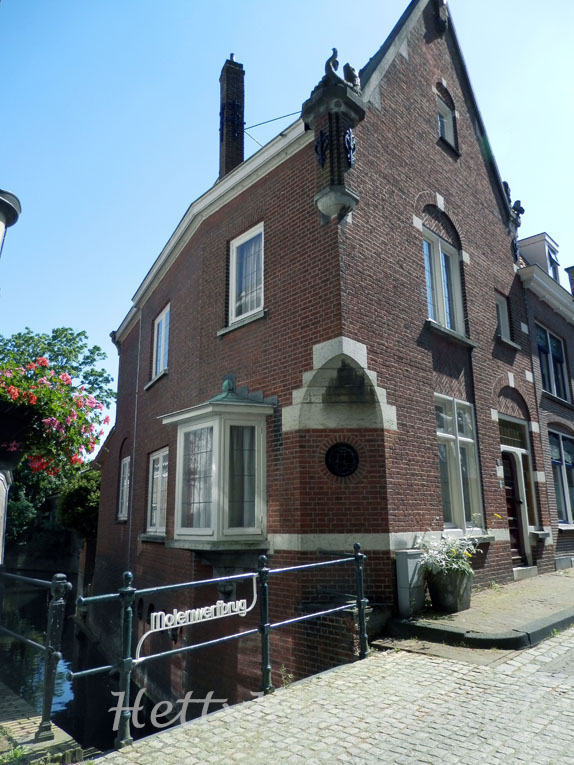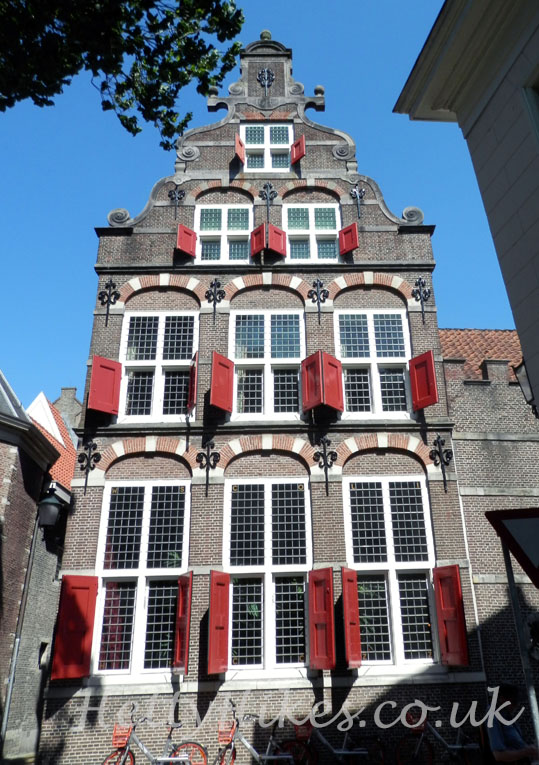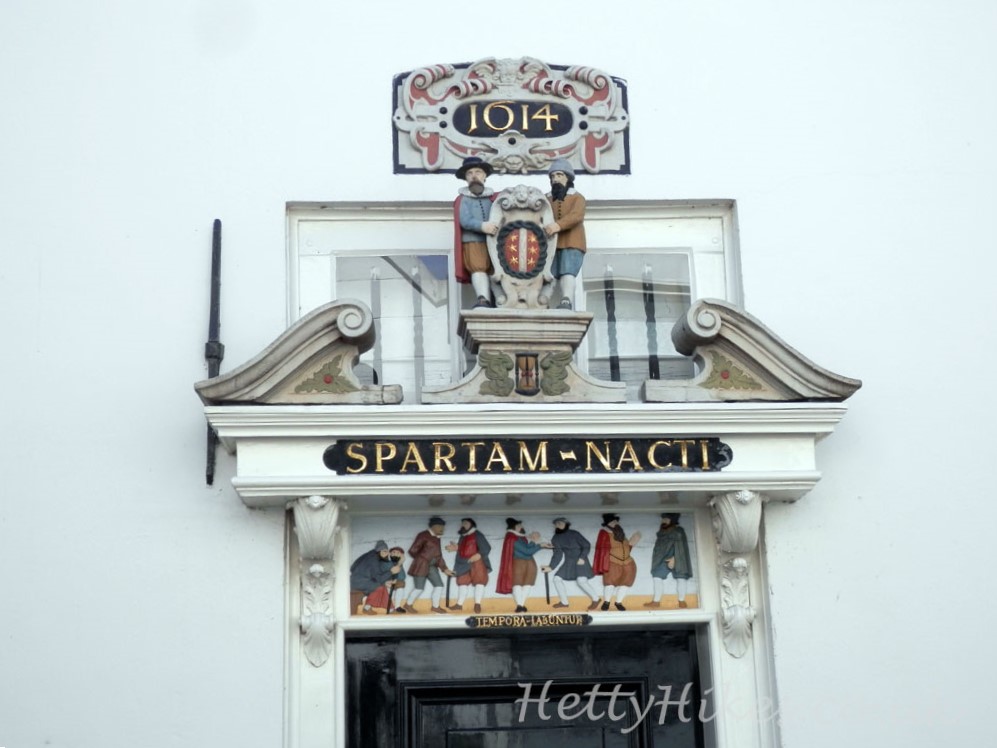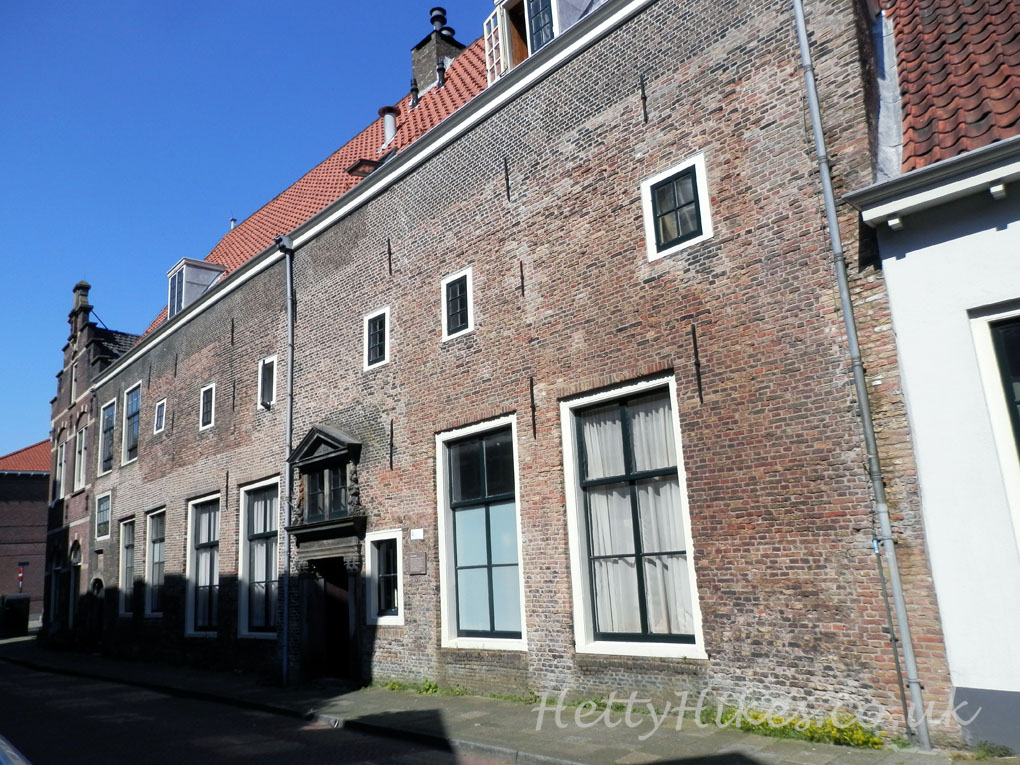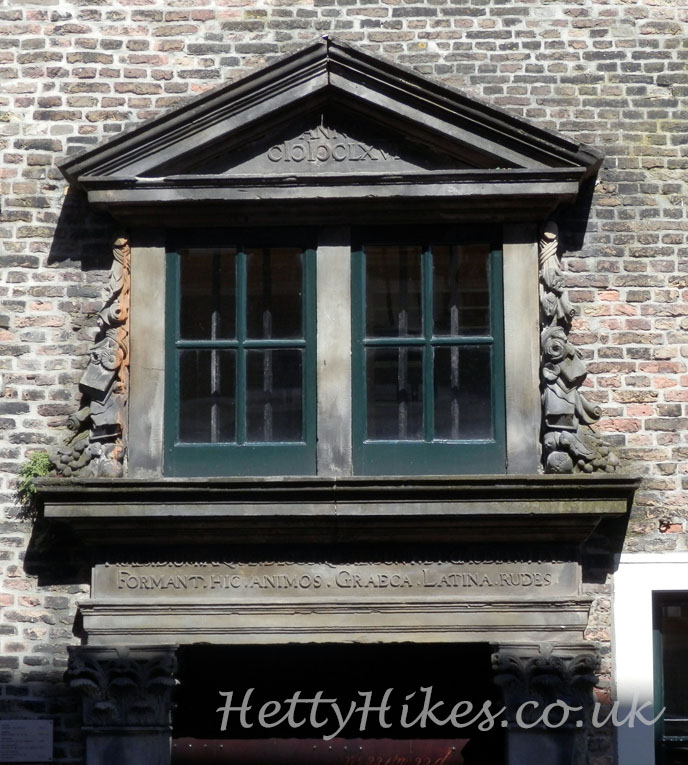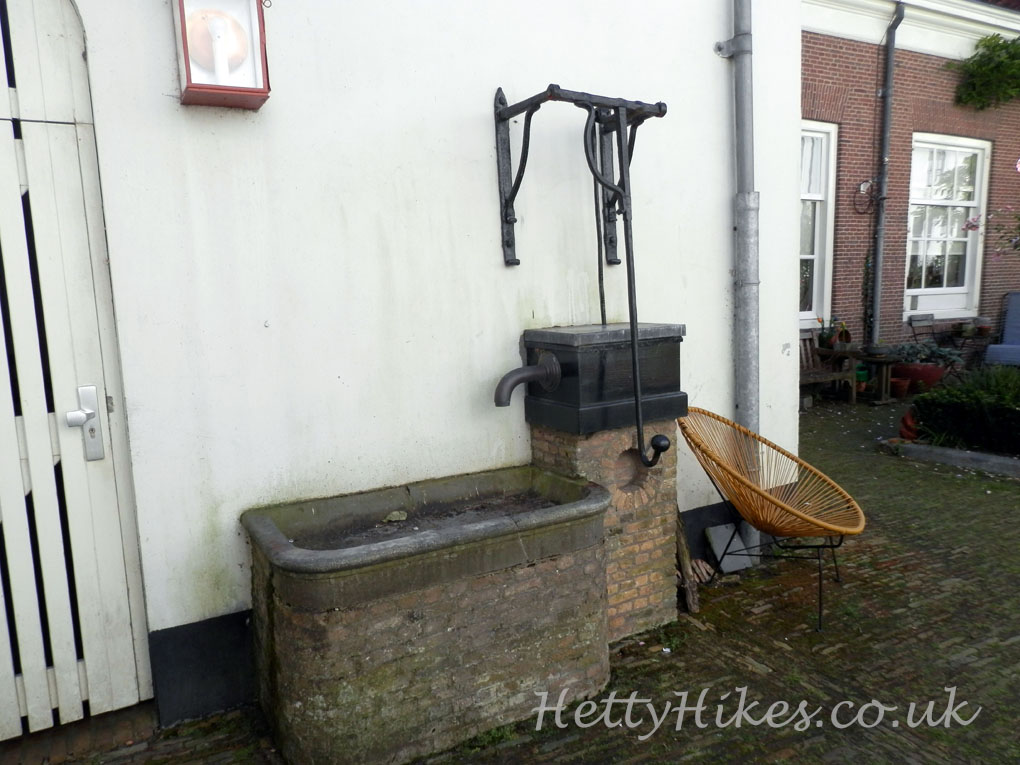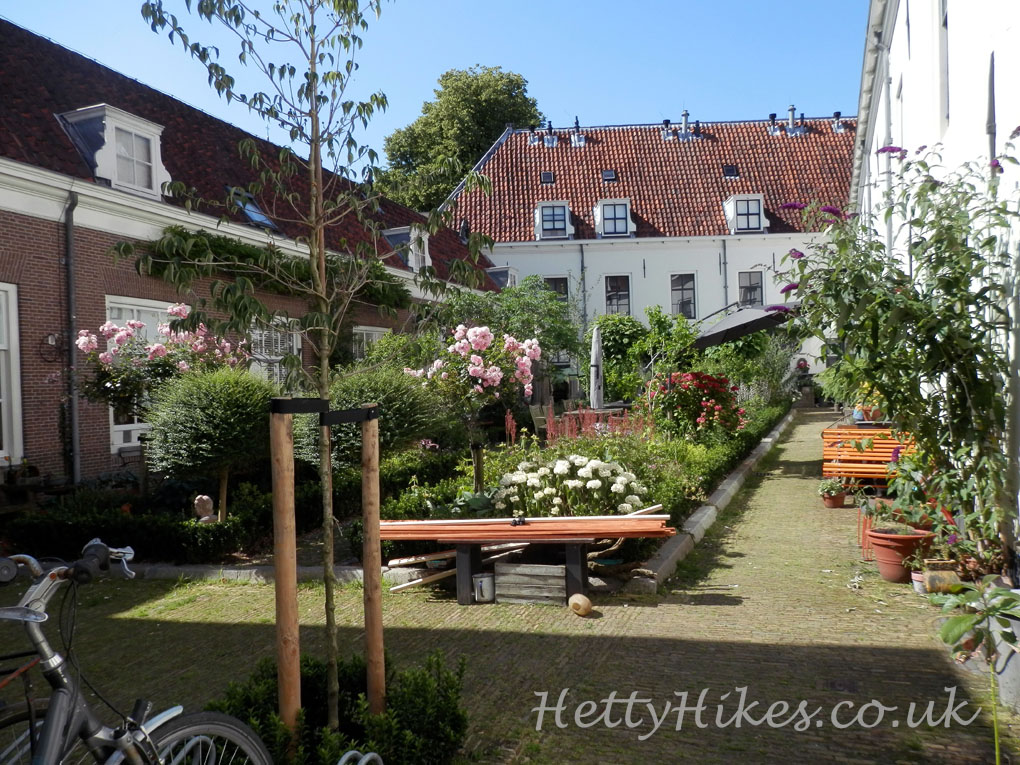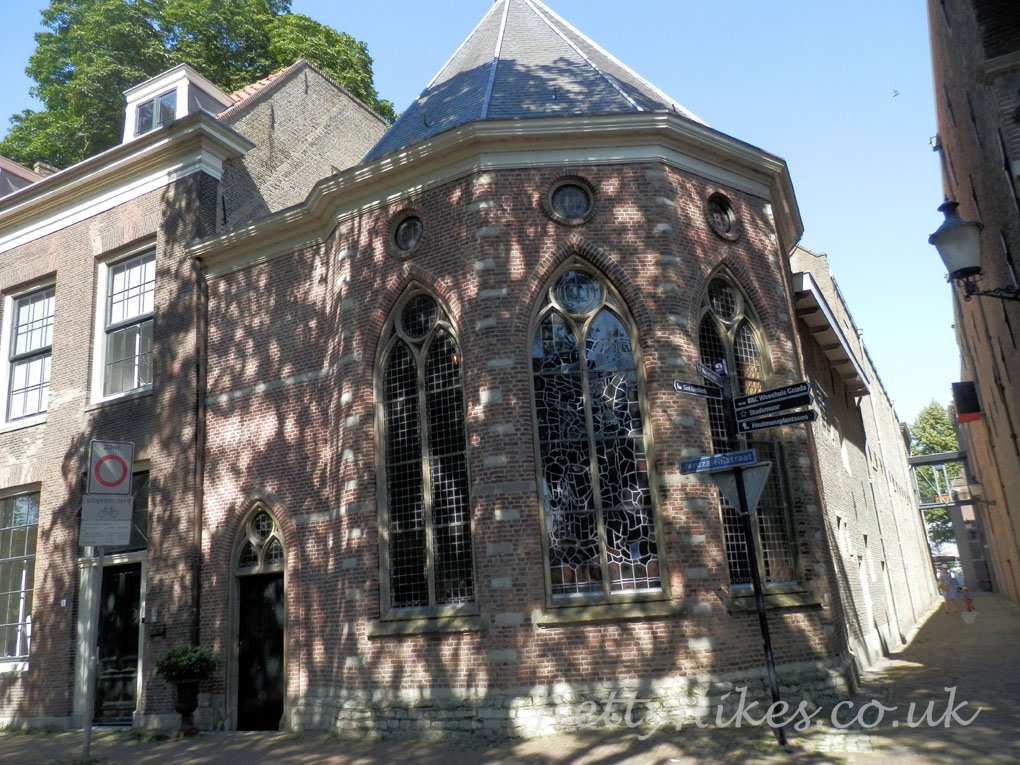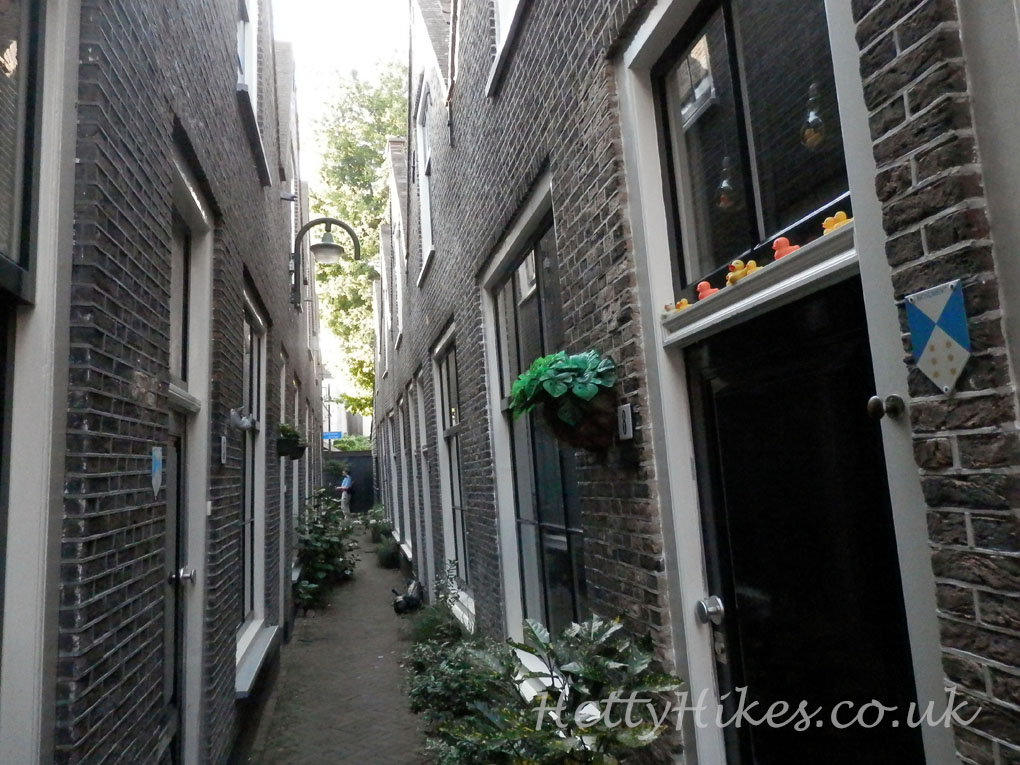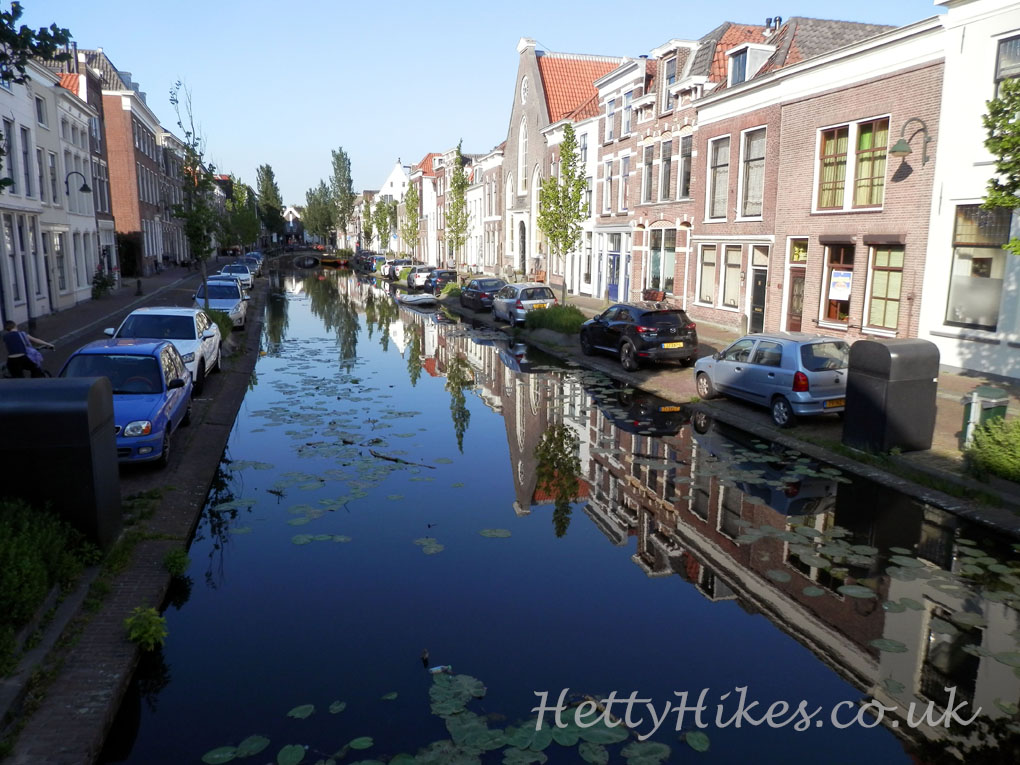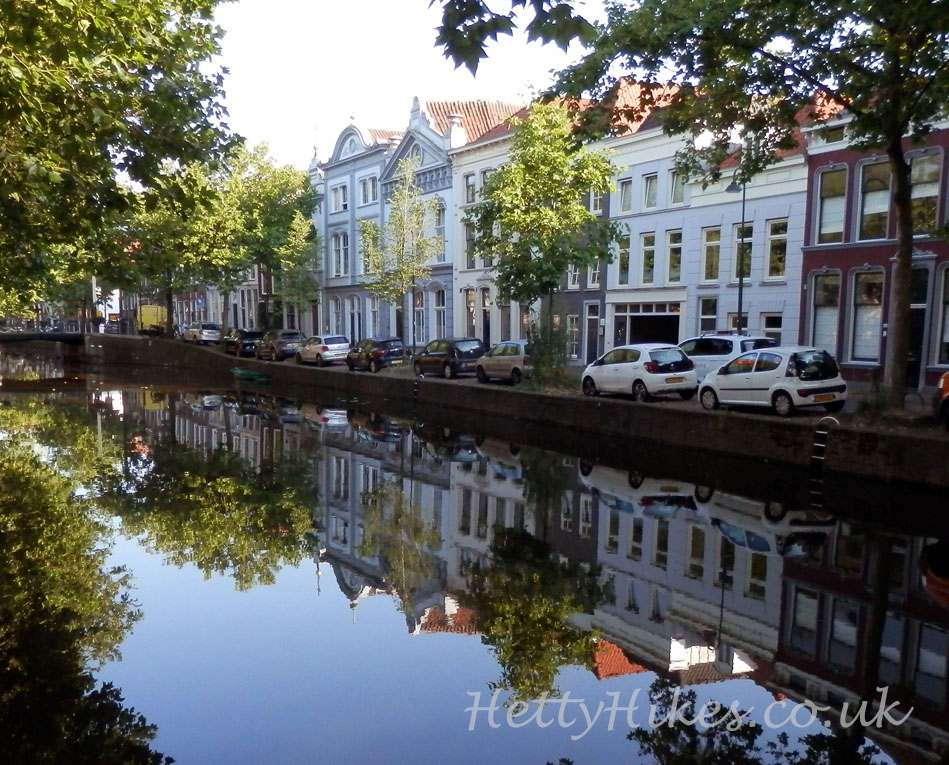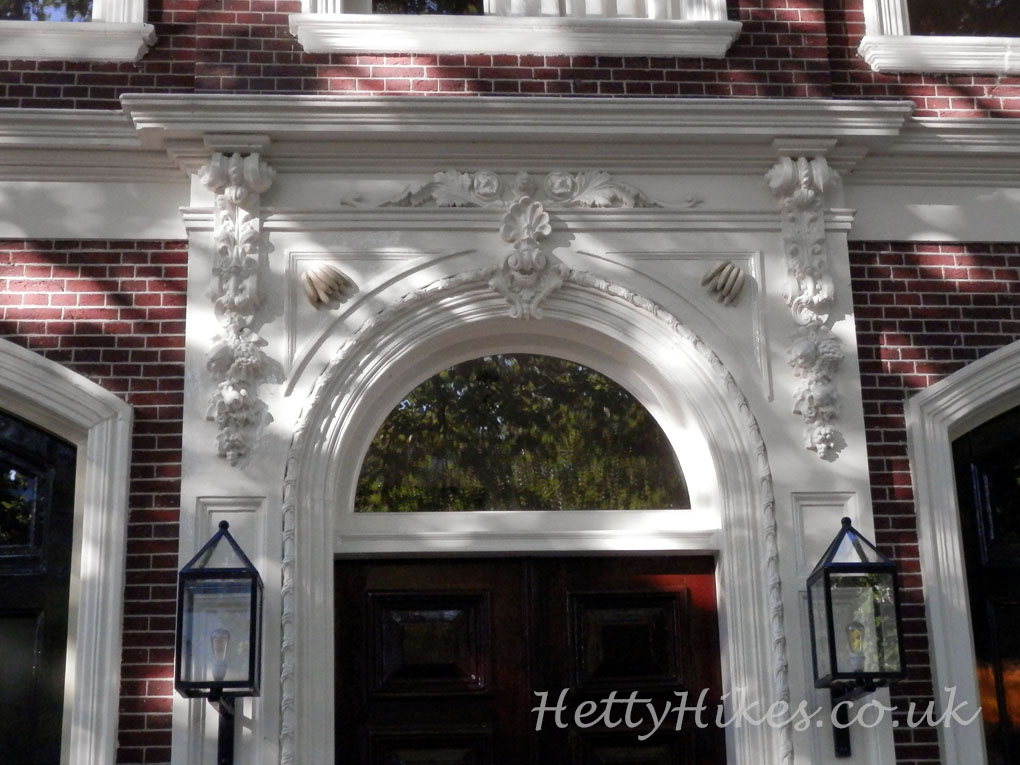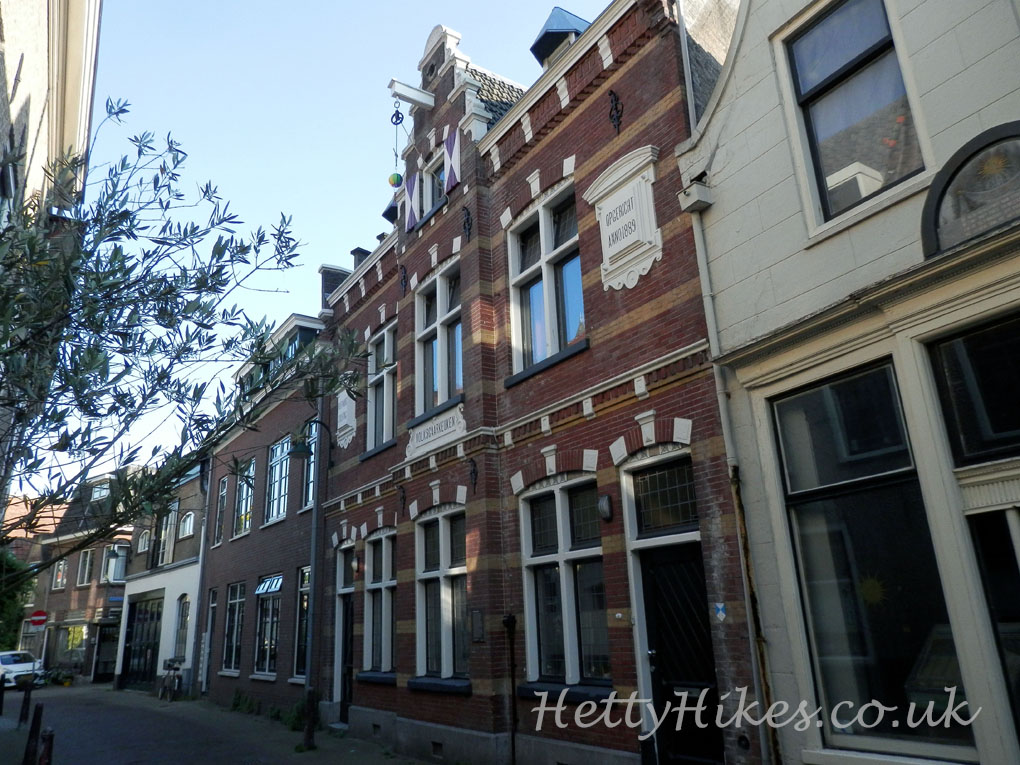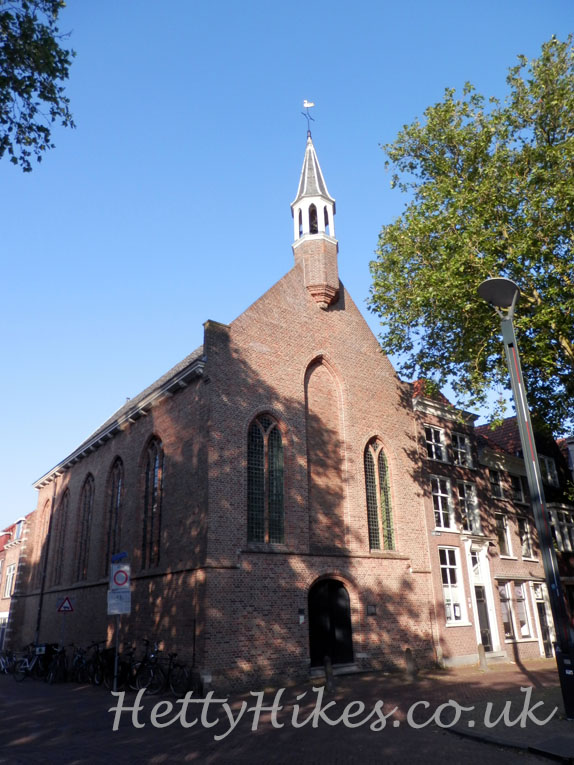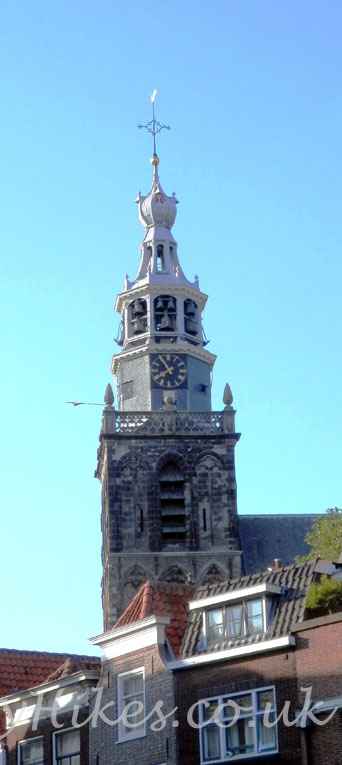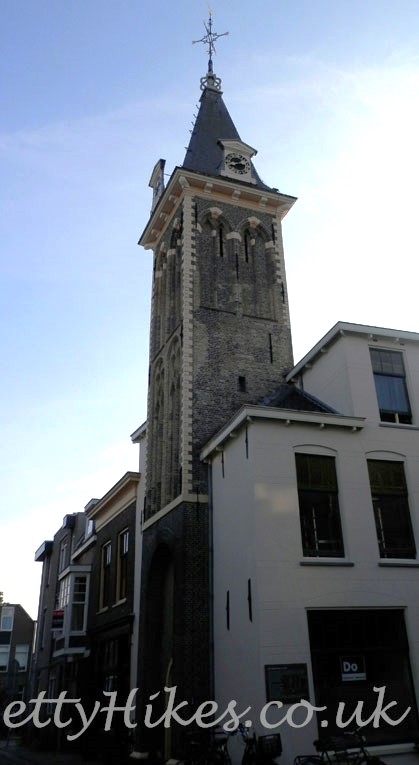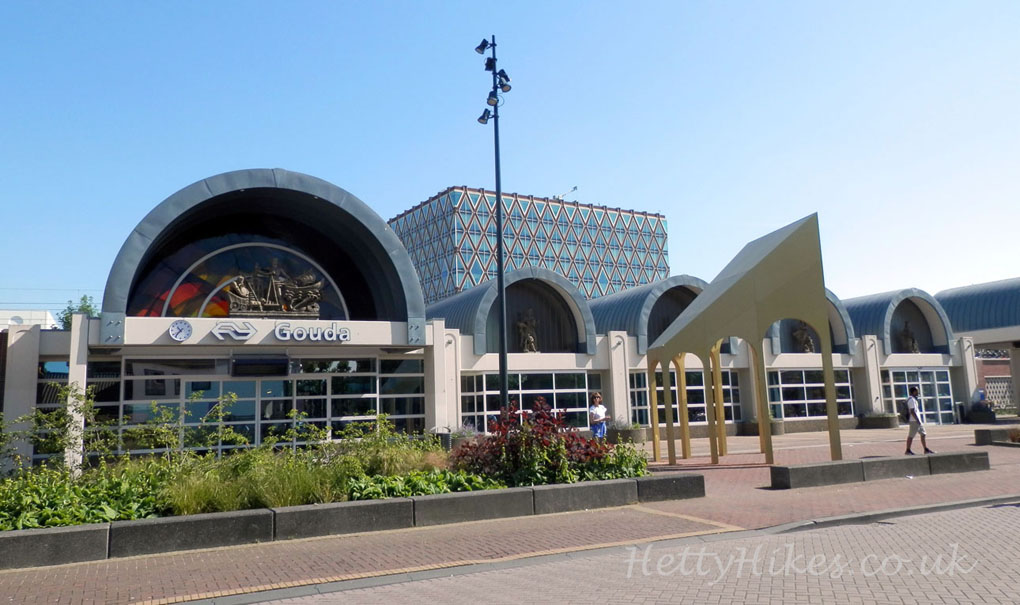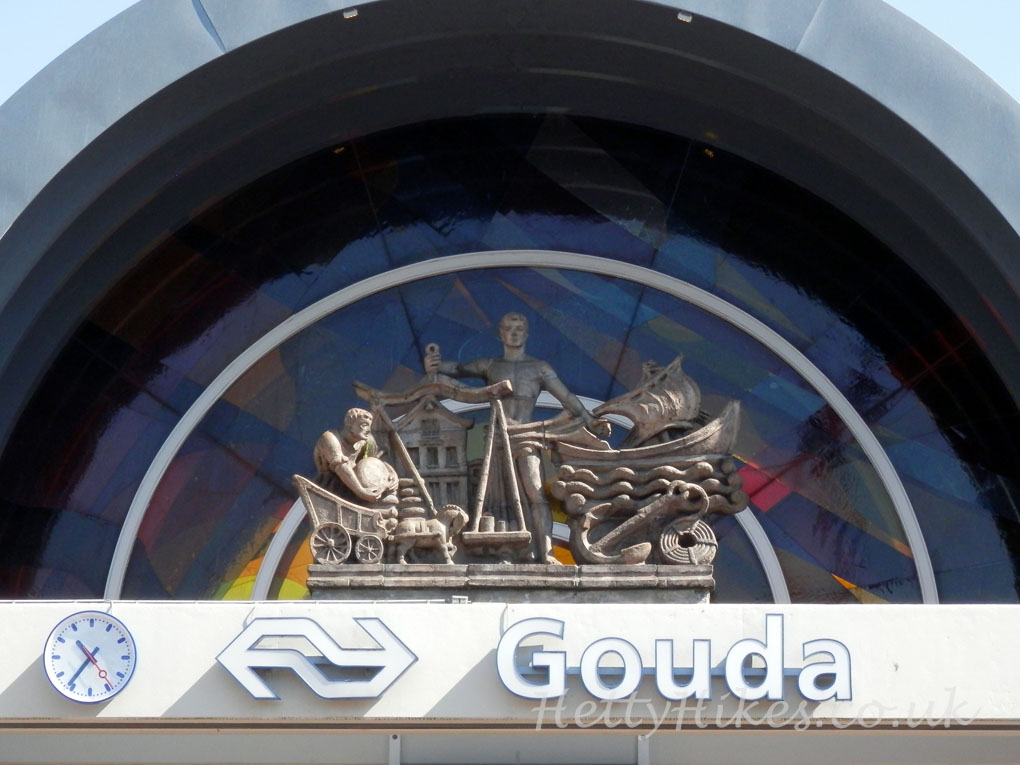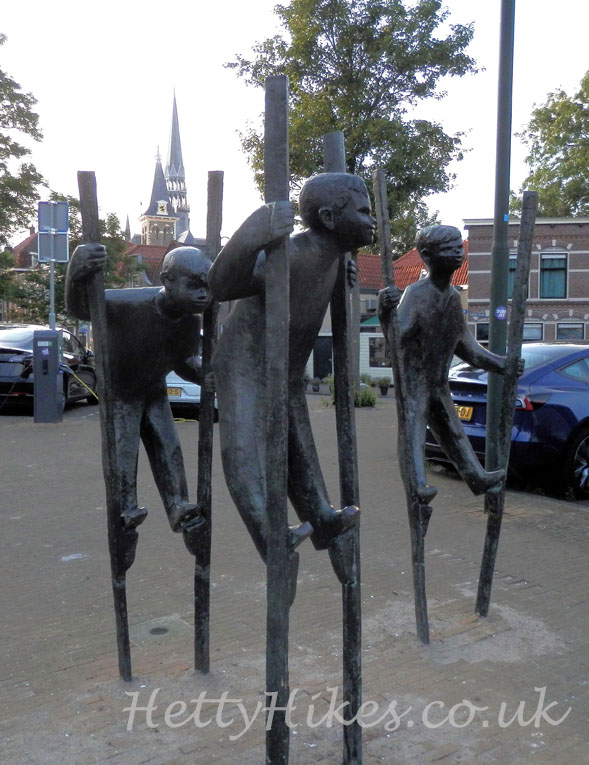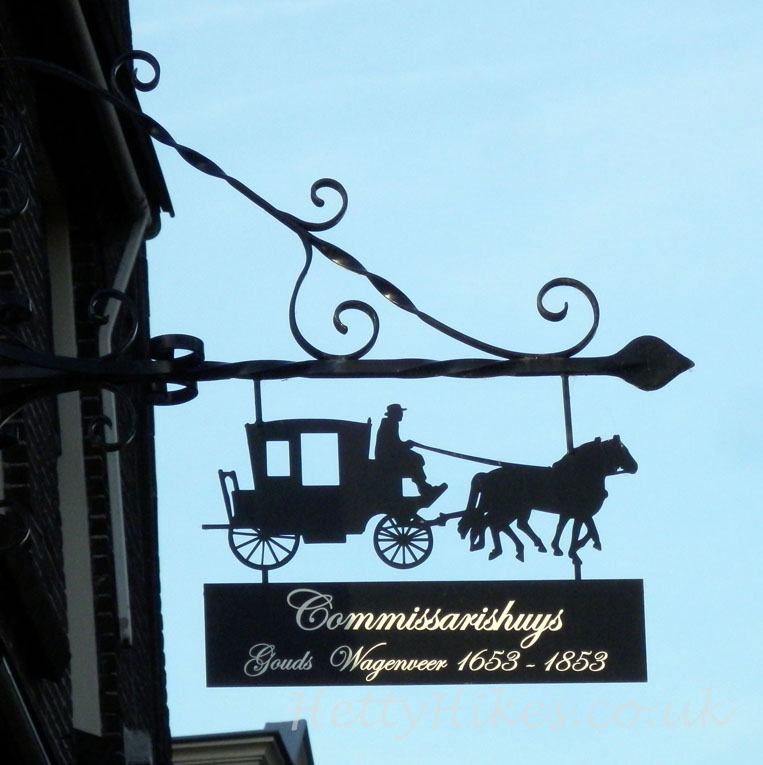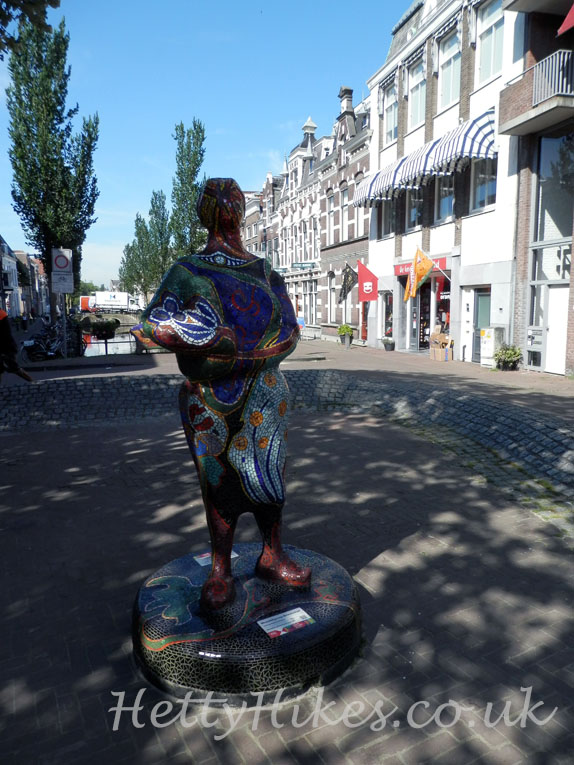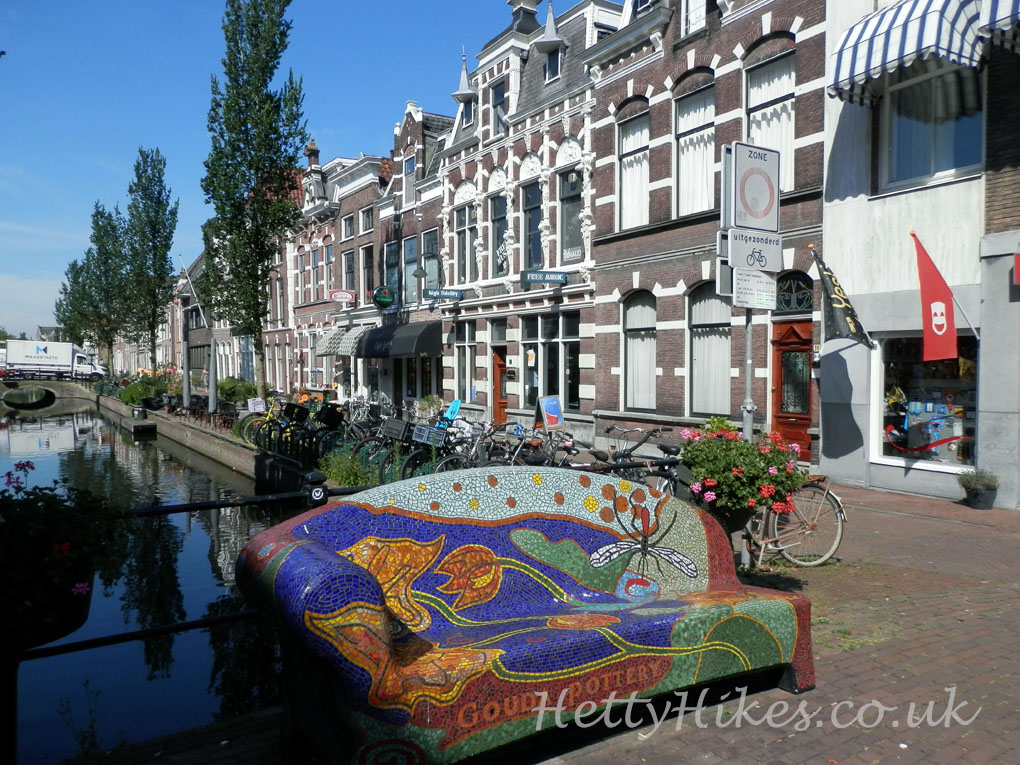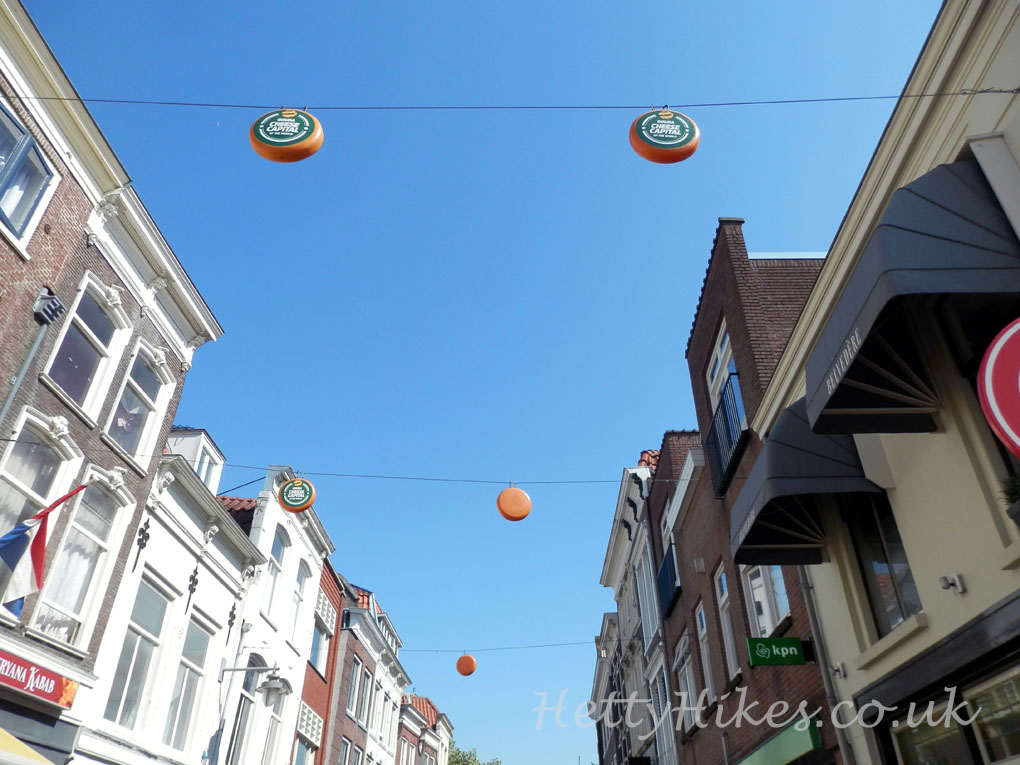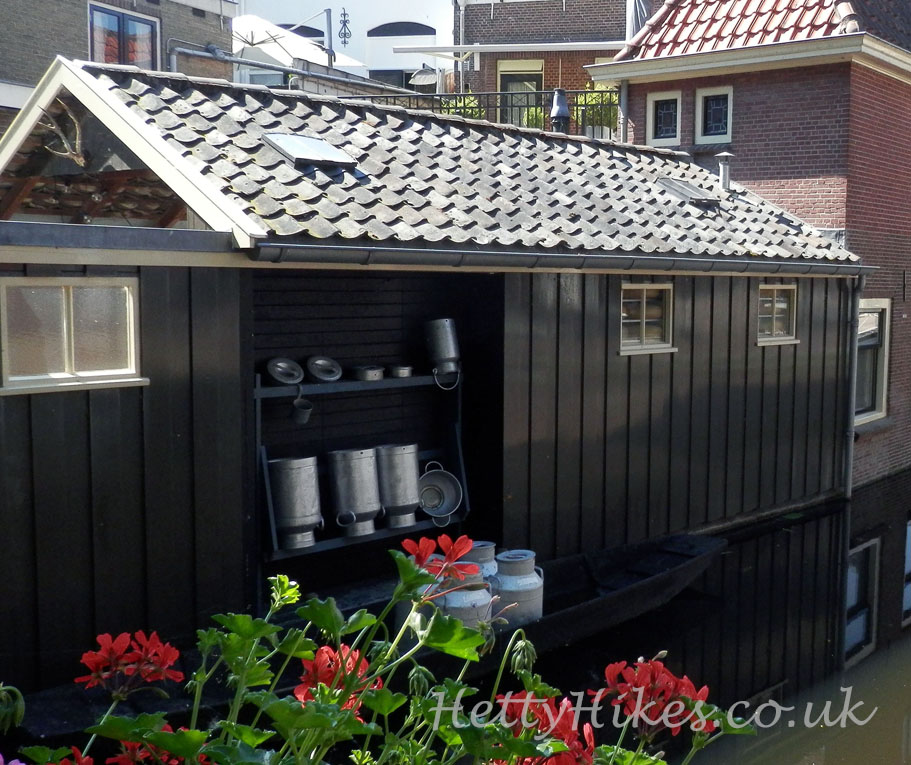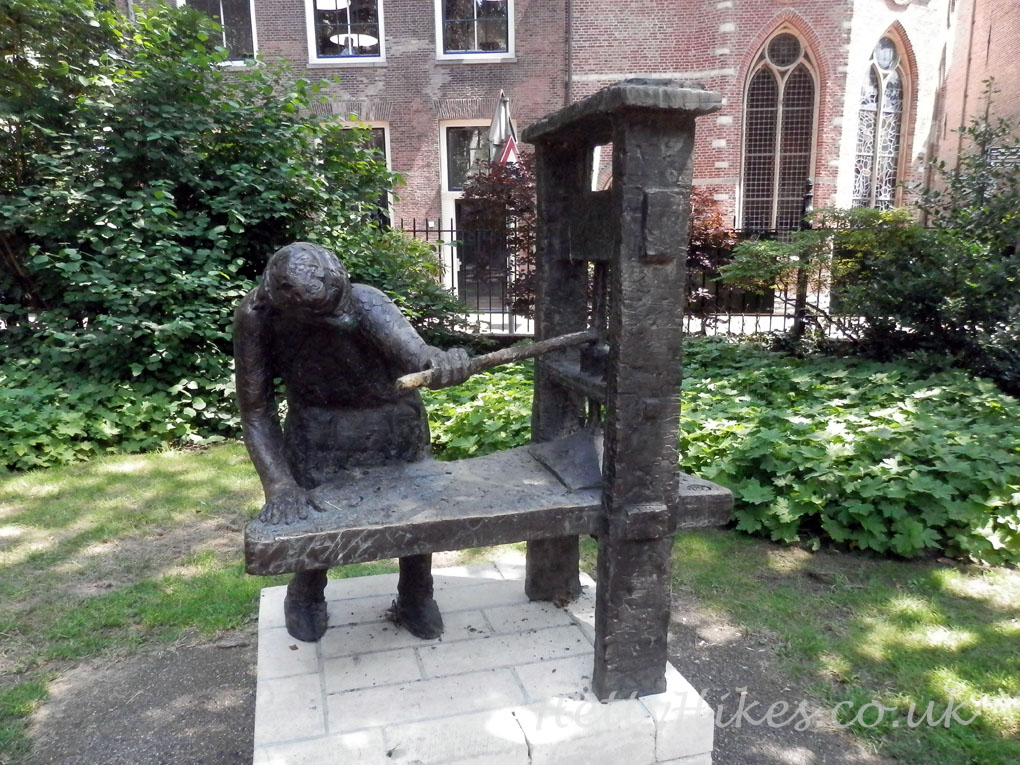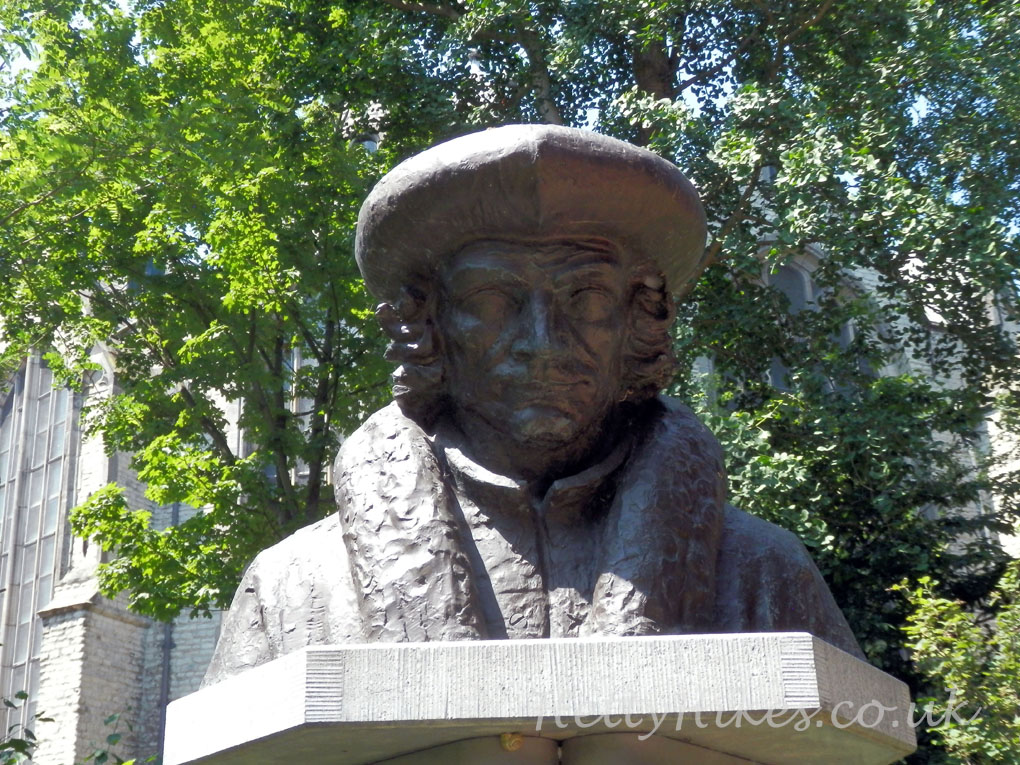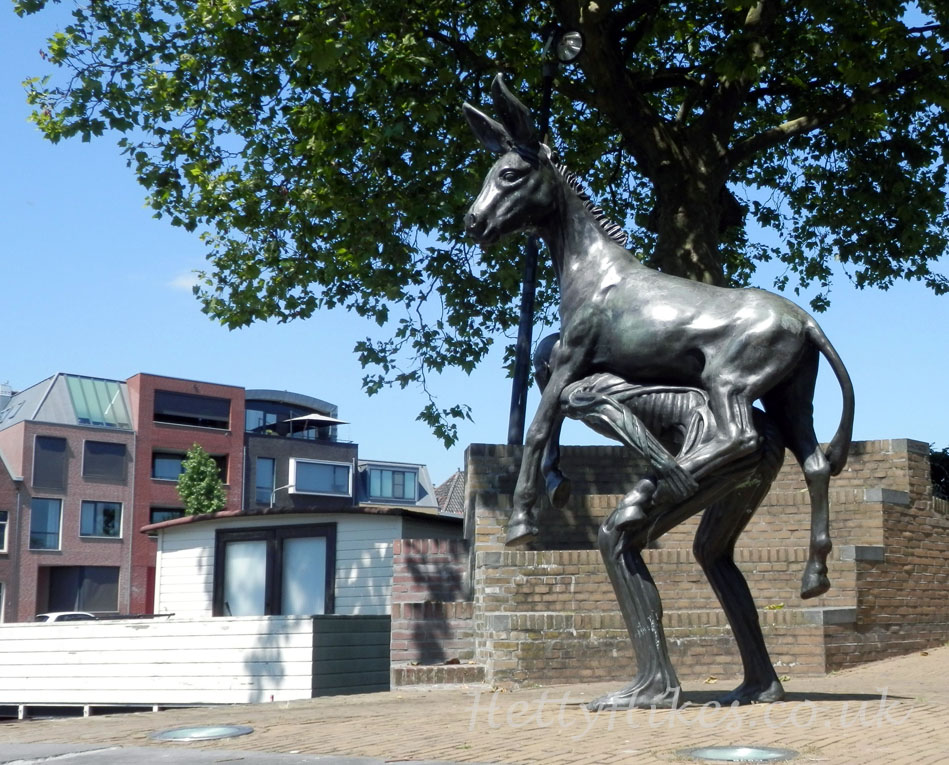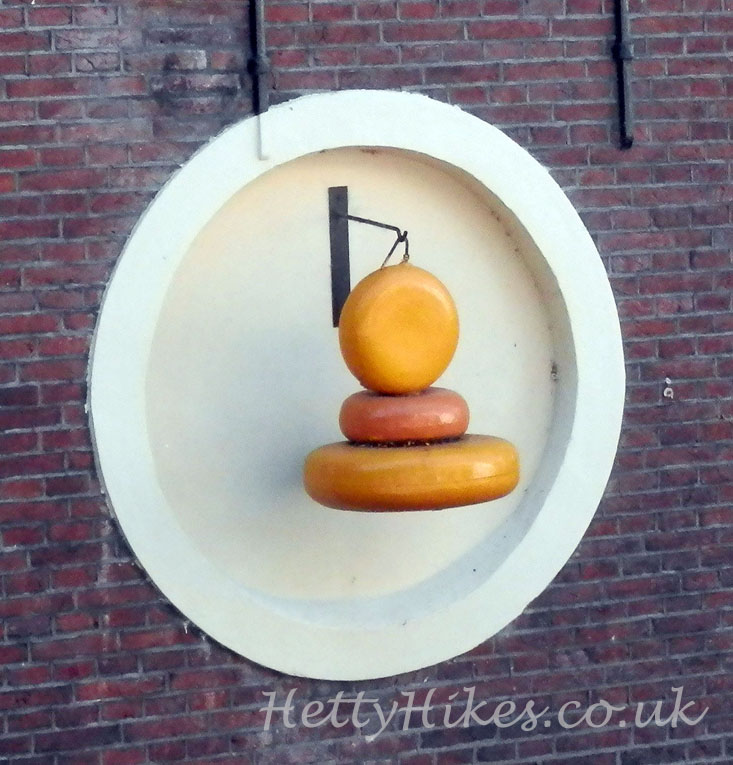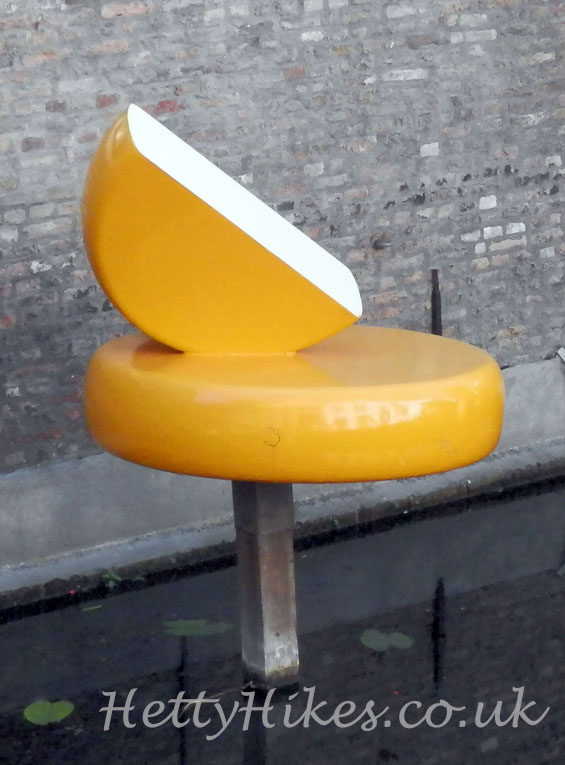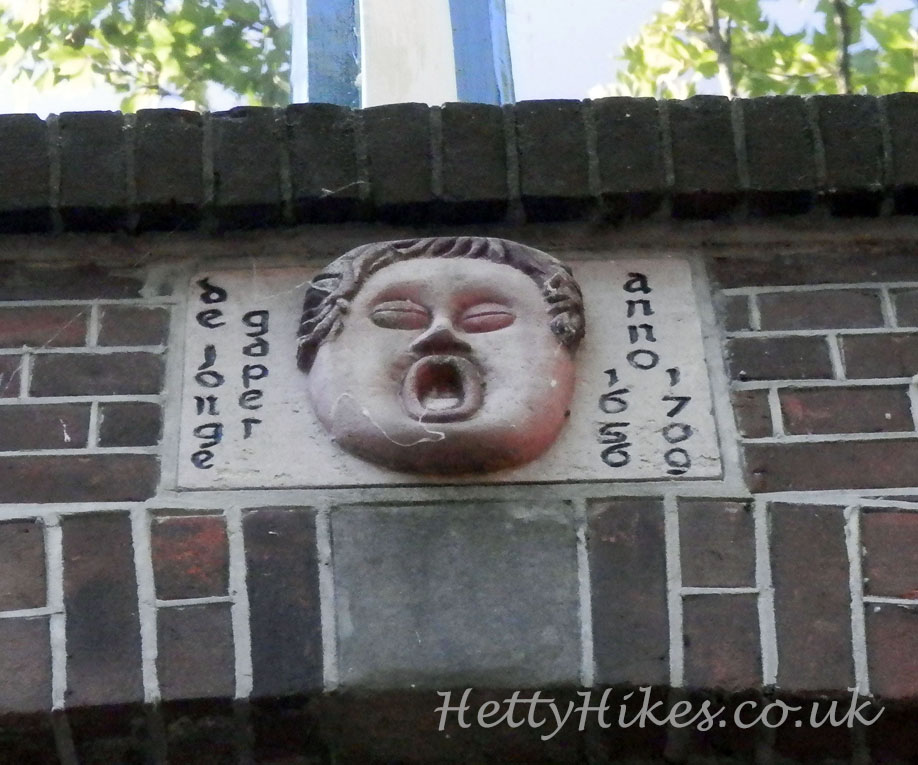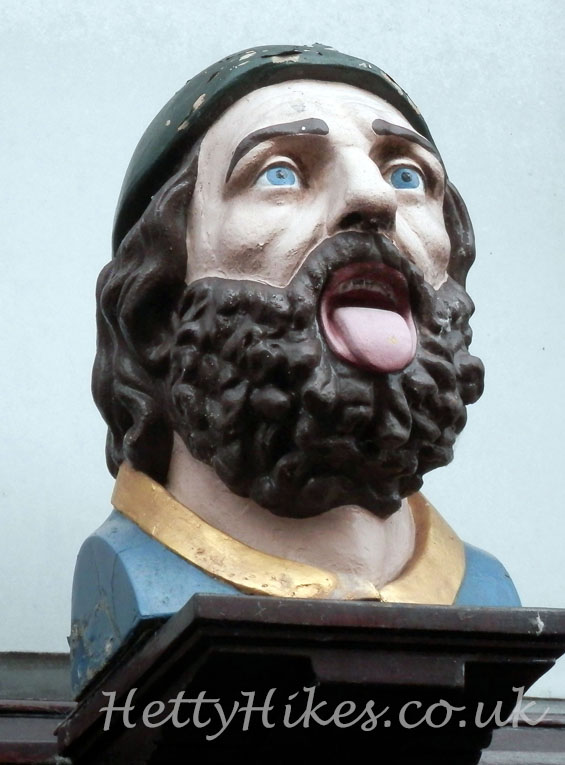Netherlands Photos by Hetty
25 June to 4 July 2024 Map of Netherlands
We went to the Netherlands by train and had a great time. We stayed at Gouda, in the historic centre [see the star] from June 25 to July 4 and had good weather. It is an excellent location for visiting other locations.
Gouda has an elaborate town hall [TH on map] in a huge market place, with markets several times a week. There are windmills, lots of historic buildings, canals and a moat around the old town.
The land was reclaimed in the 11th century and there was a town here by 1139. Canals were dug in the 14th century and the cheese market started in 1395. The first city fire was in 1361 and the second in 1438, when only 5 houses survived. Gouda was a very important town as it is at the junction of two rivers, so wealthy merchants built houses here.
Gouda is known worldwide for cheese, but other industries in the past made beer, candles, clay pipes and ceramics. It was also an important market for peat [used as fuel]
A fire in 1438 devastated the town, so they built the new freestanding town hall in the centre of a market field – now a huge marketplace.
The moving puppets were only added to the carillon in 1961, which plays a tune every half hour.
The Thursday re-enactmments of the cheese market for tourists started in 1987 [April to August 10am to 12.30]
The cheese dealer inspects the cheese and agrees a price with the farmer
The cheeses are loaded onto the cart and taken to the Waag [weighhouse] to be weighed for tax purposes
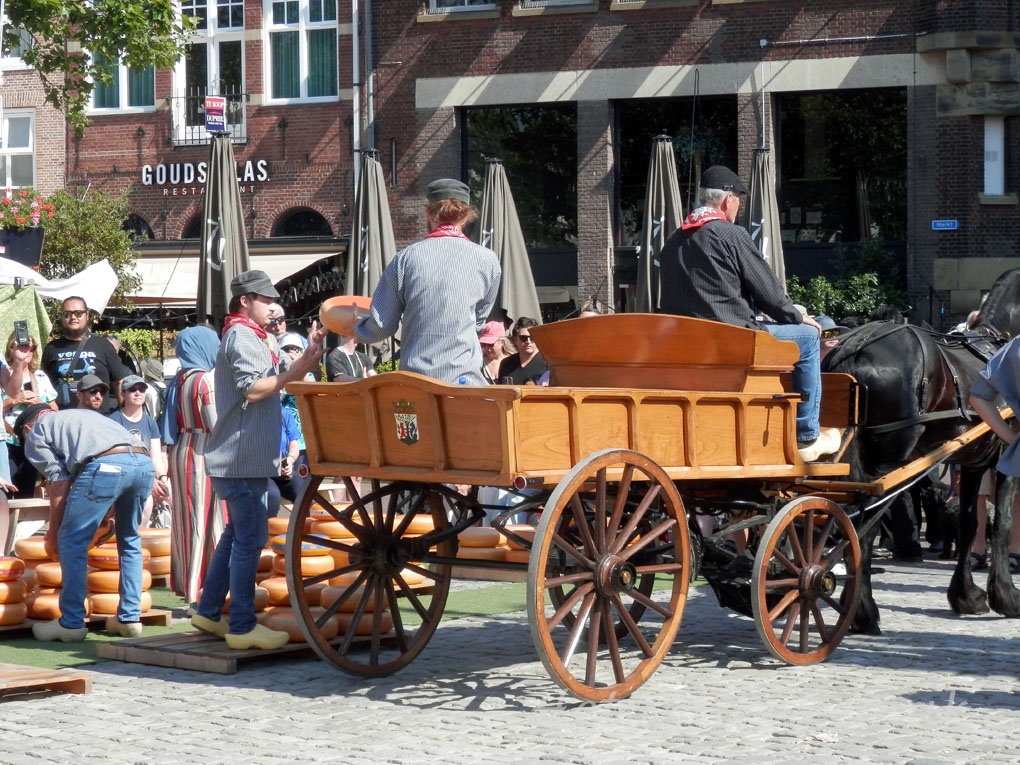 De Wagg [the weighhouse] built in 1668. The ground floor was used to weigh cheeses that were made in the farms in the surrounding area
De Wagg [the weighhouse] built in 1668. The ground floor was used to weigh cheeses that were made in the farms in the surrounding area
We stayed at the house left of this church, built 1902-4
In our street was the former fish market, now seating for restaurants. These stalls were built about 1676 – one side for local fishermen and the other for “foreign” ones – the small house was where taxes were collected.
 Left – The building on the corner in “our” street was a bakery in 1801 where Gouda syrup waffles were created for poor people.
Left – The building on the corner in “our” street was a bakery in 1801 where Gouda syrup waffles were created for poor people.
Entrances to the museum – which was a medieval guesthouse, then St Catherine’s hospital. On the left – this gateway was moved in 1964 from the leper house outside the town.
We took a boat trip and heard some stories
House boats on the moat
Some bridges lift, others swing and one has the road staying flat but rising vertically
Former factories
Windmill by the old habour
Our boat trip ended at Museum Harbour with old ships
Former fulling mill by the windmill, which was built on the site of a castle that was demolished in 1577.
A model post mill in the garden
There are lots of bikes, but little other traffic in the old centre. Car parking is an art – by the canals in between trees, with the driver getting out by the water, generally with no railings.
Left – dating from 1515, this was a sail maker’s business for over 400 years. Right – a brewer’s house with an ox head
Right – former orphanage
Former monastery [one of ten in Gouda], built in 1534. It became a school in 1572 until 1849, then it was a workhouse. In 1954 it became an old people’s home, but now is apartments around a courtyard.
Left – former Jerusalem Chapel 1504. Right a narow alleyway
Left – the water is up to the top of the canal
Left – Medieval chapel founded in 1429.
A modern station, with statues
Cheeses across the street
Printer Gerard Leeu with his printing press – one of the first to print text and illustrations in books. Erasmus [Dutch Renaissance scholar] grew up in Gouda.
The world upside down
All images on the website copyright of HettyHikes.co.uk
Next: Amersfoort

